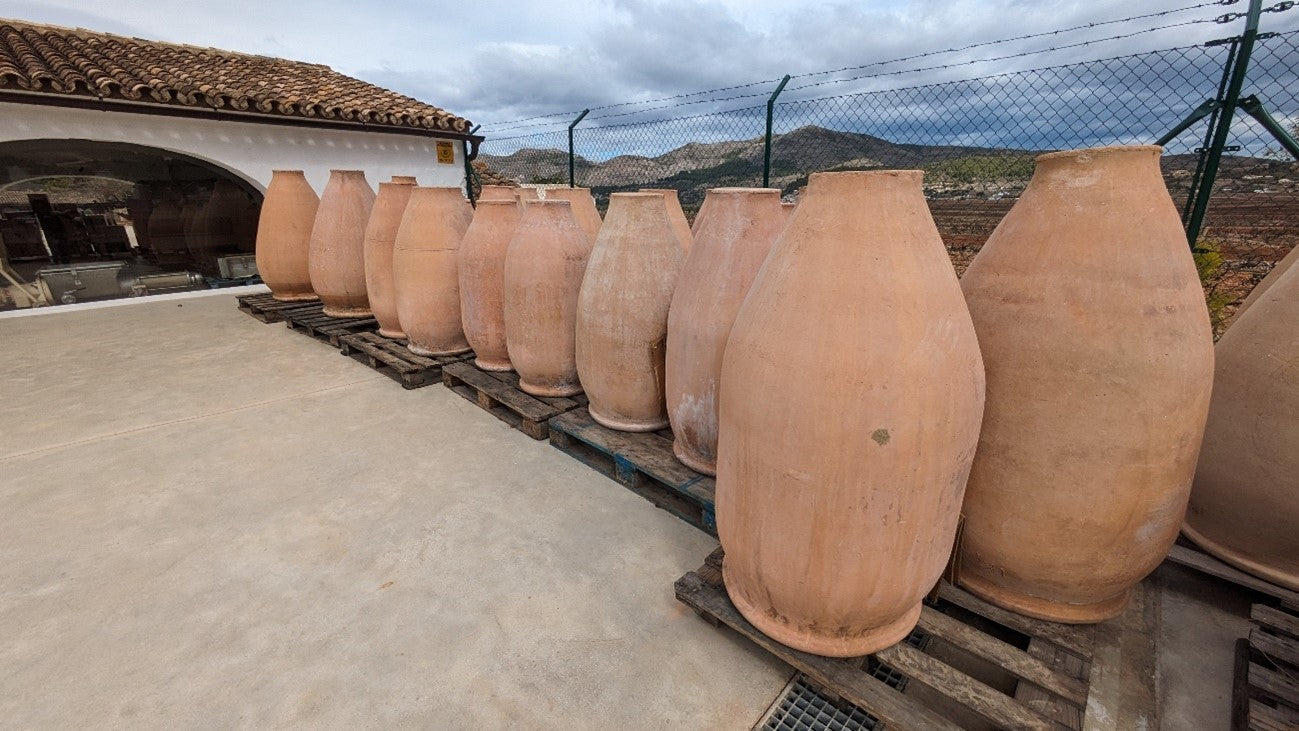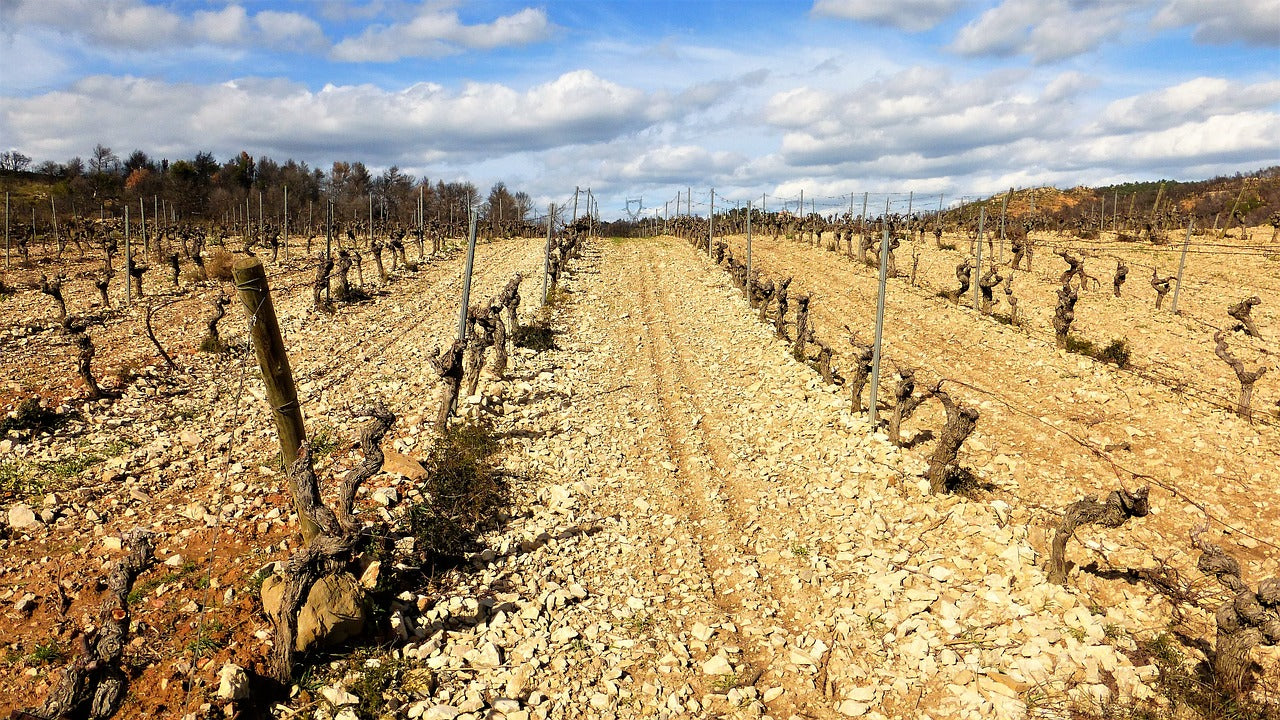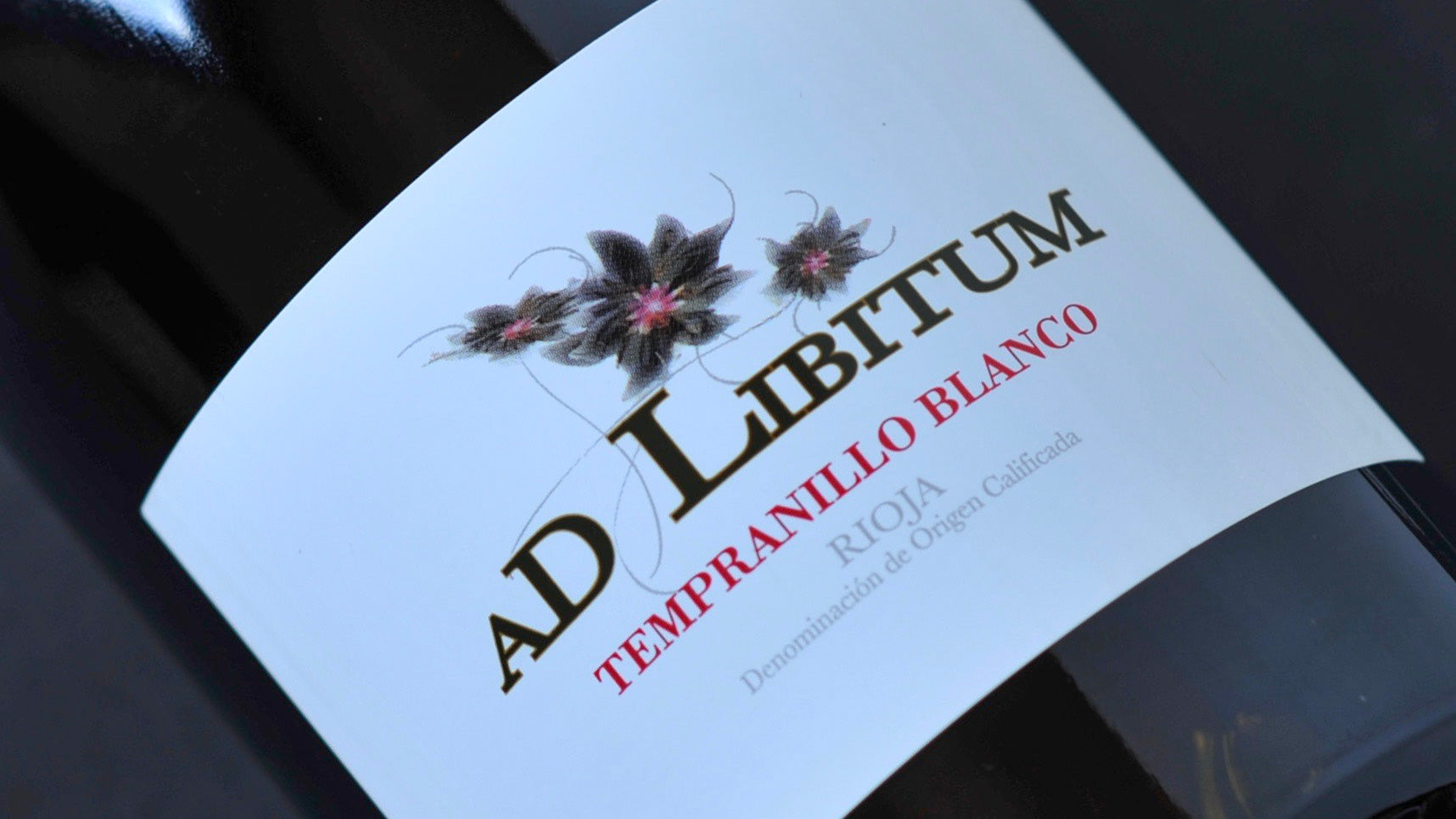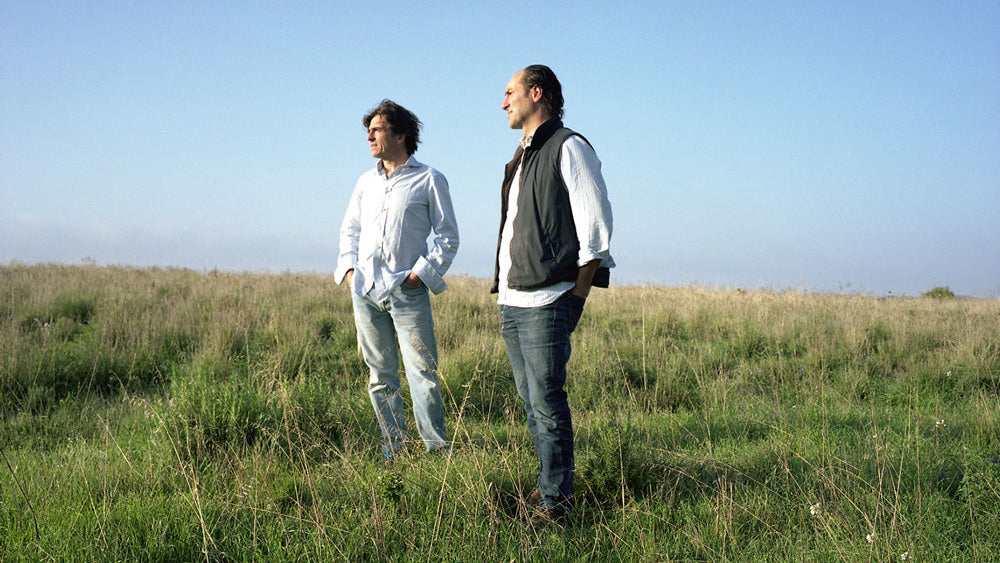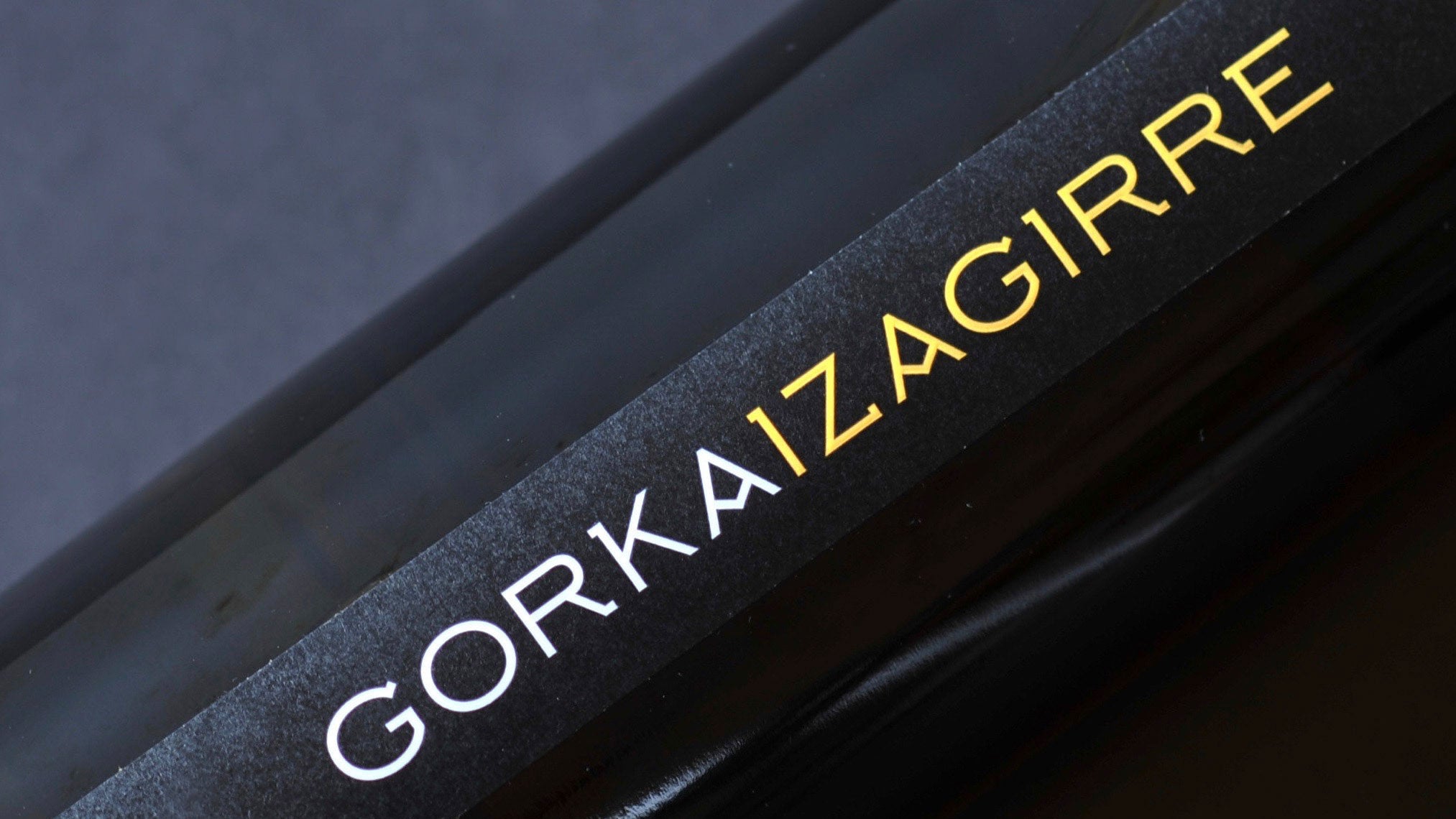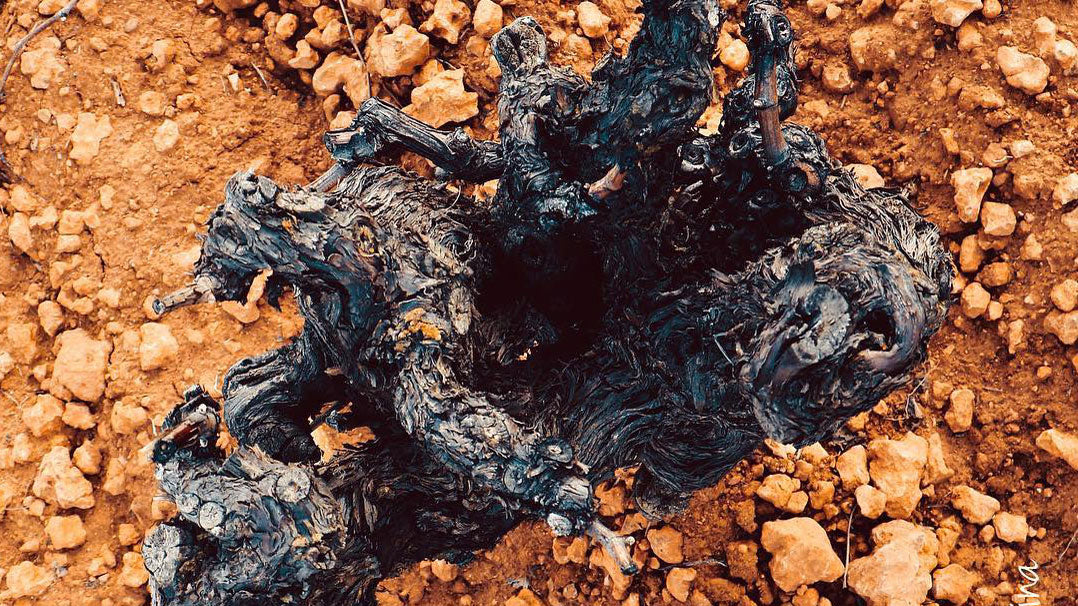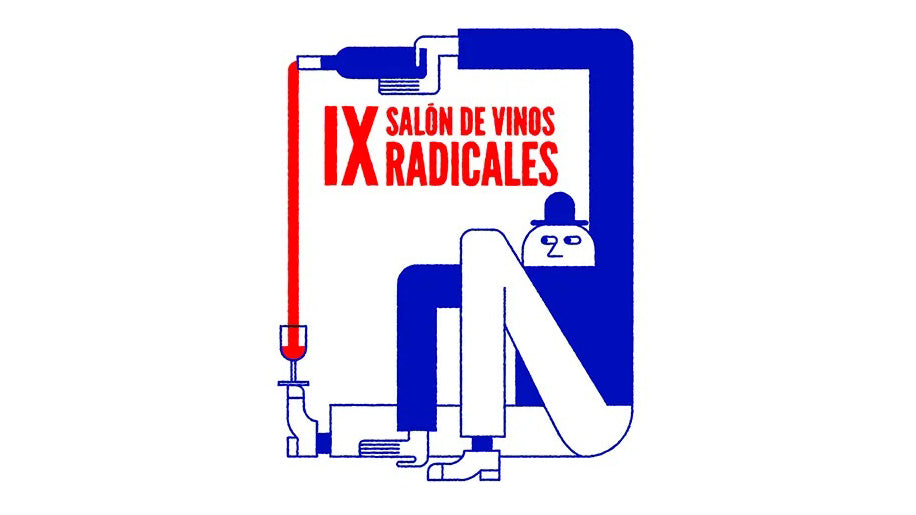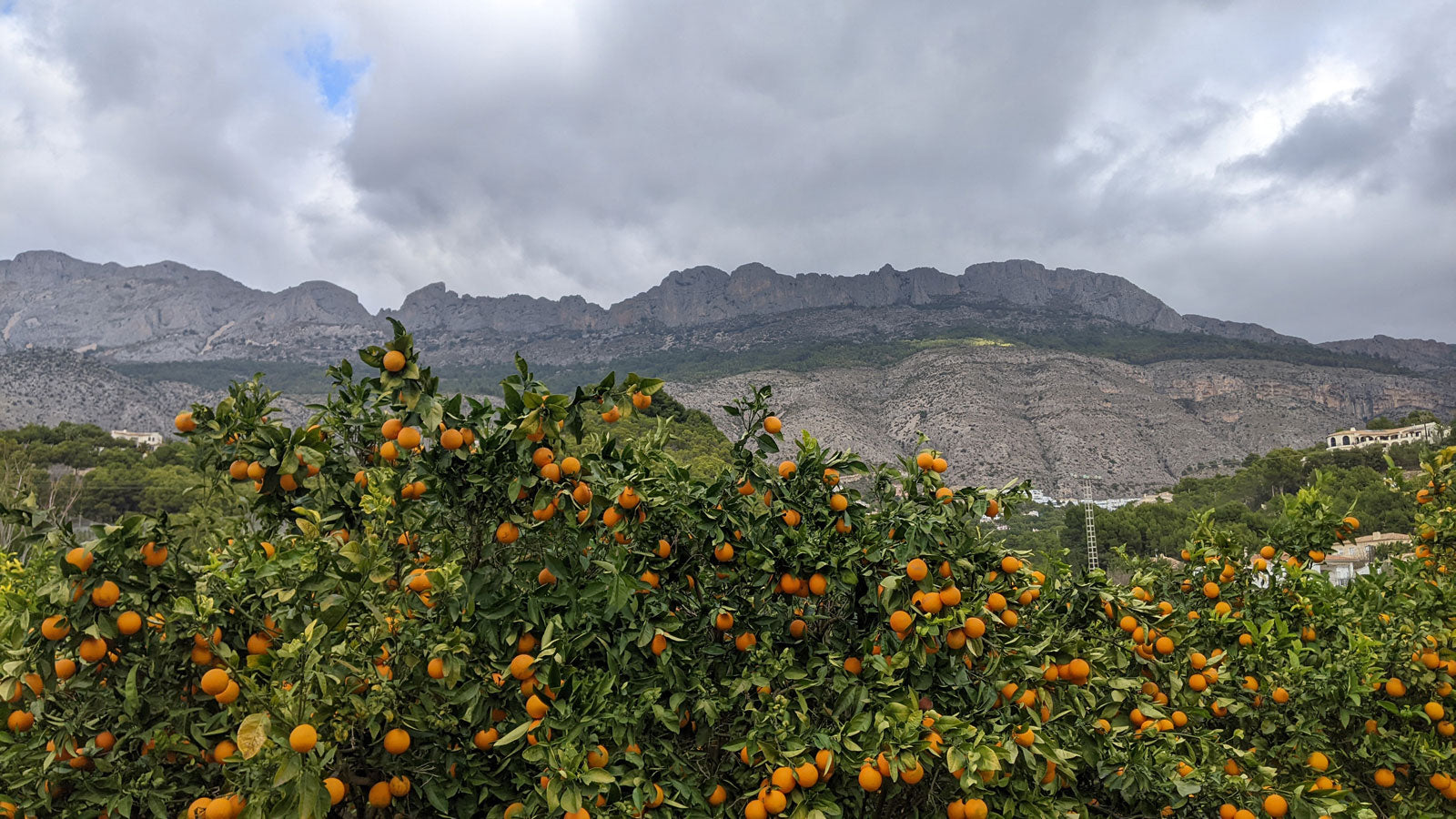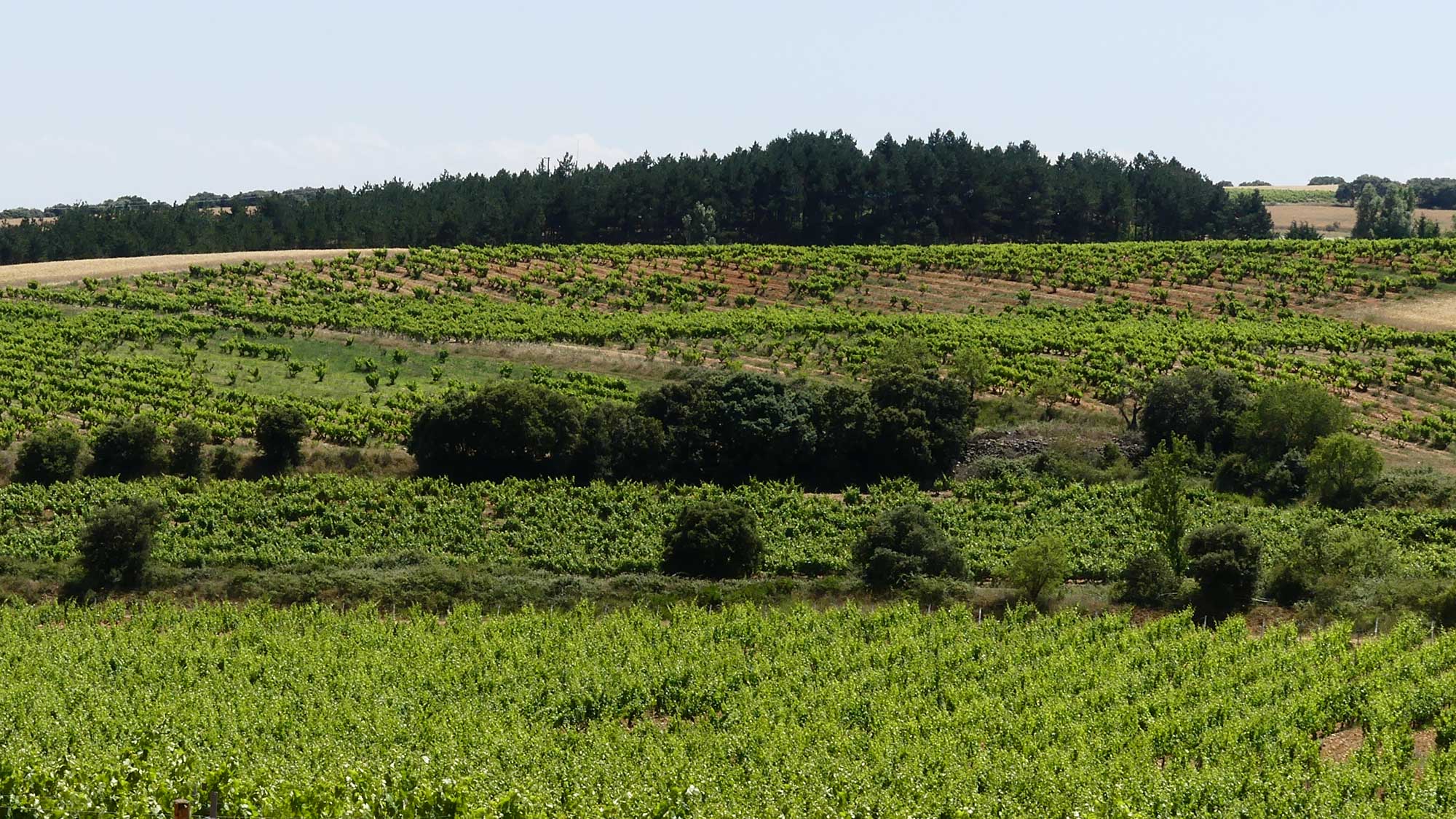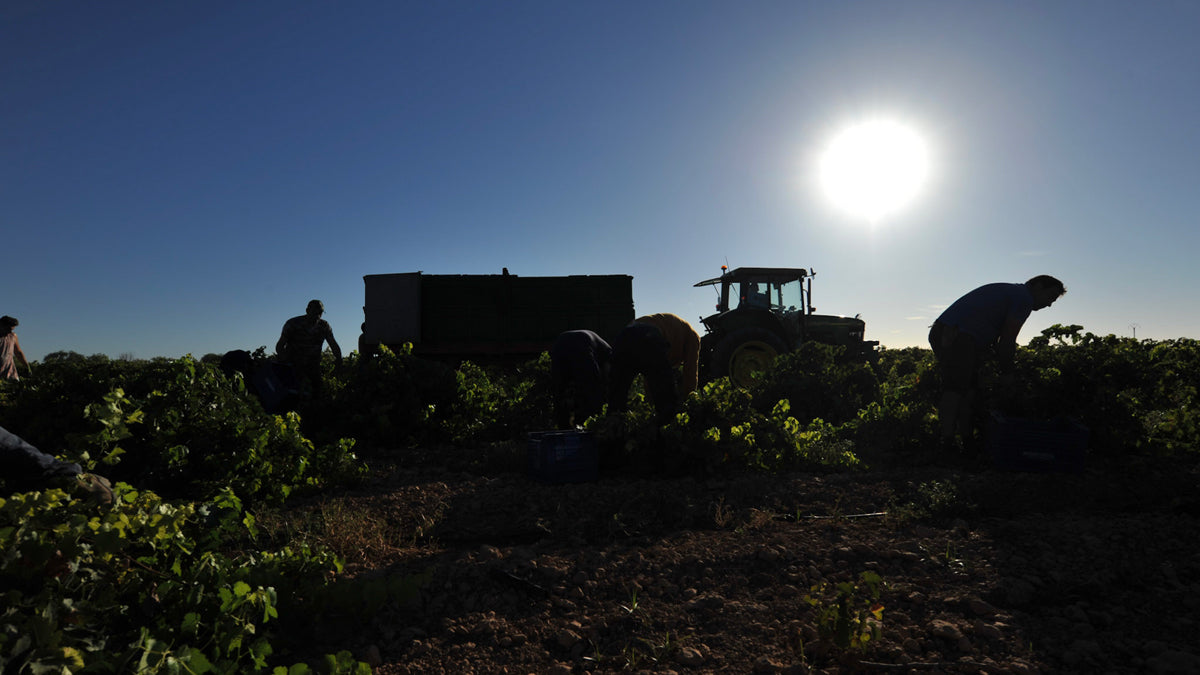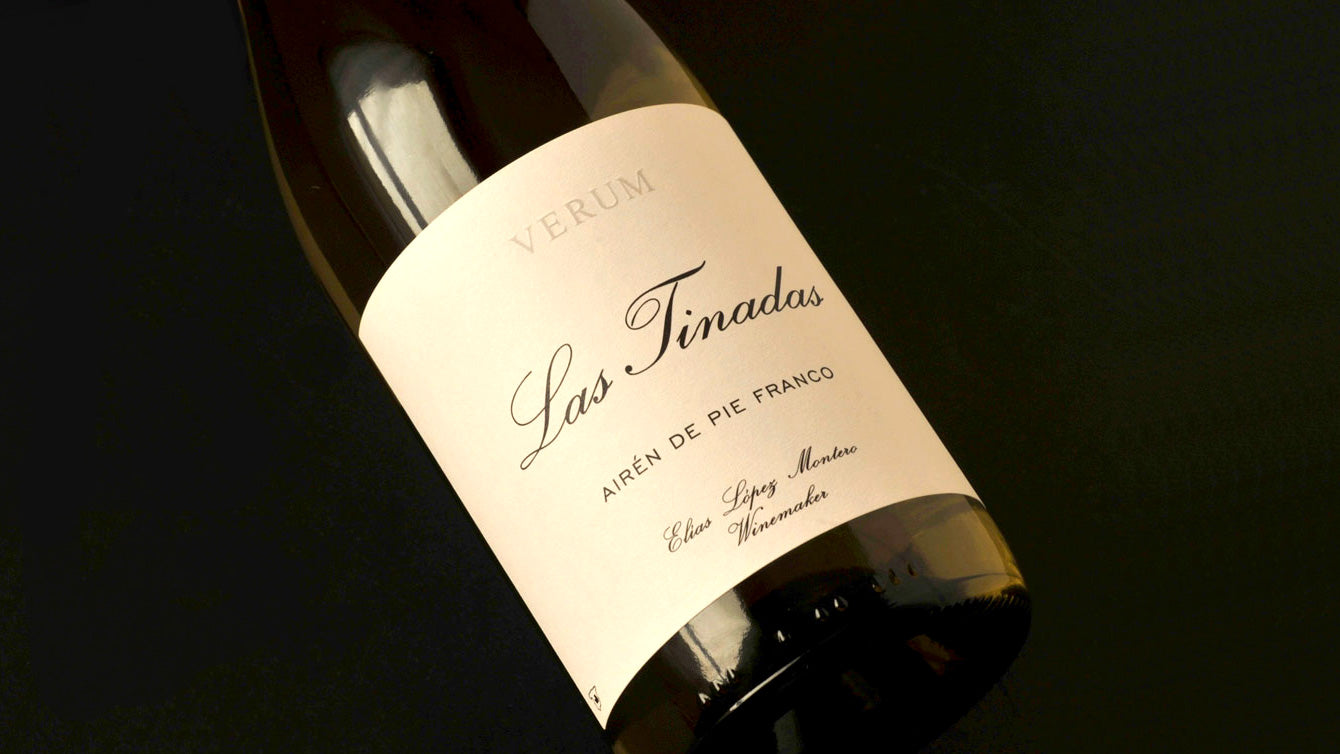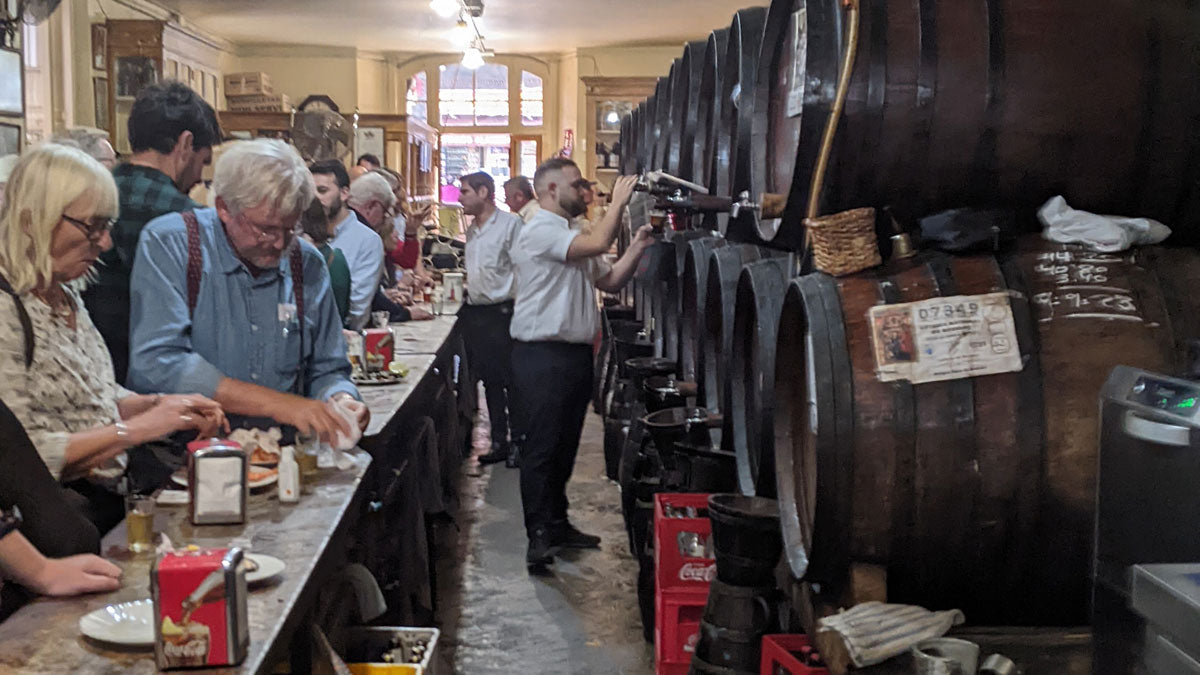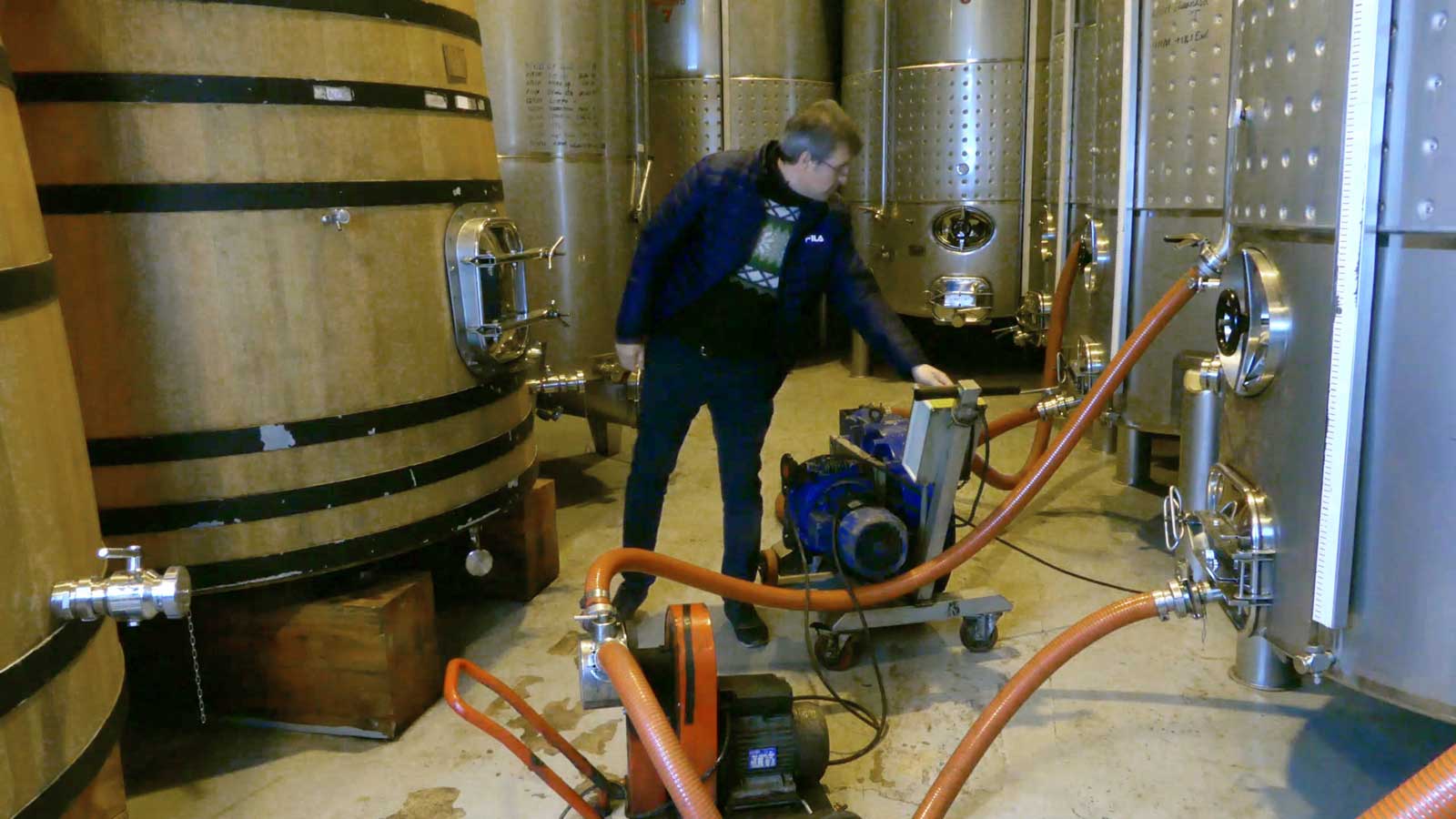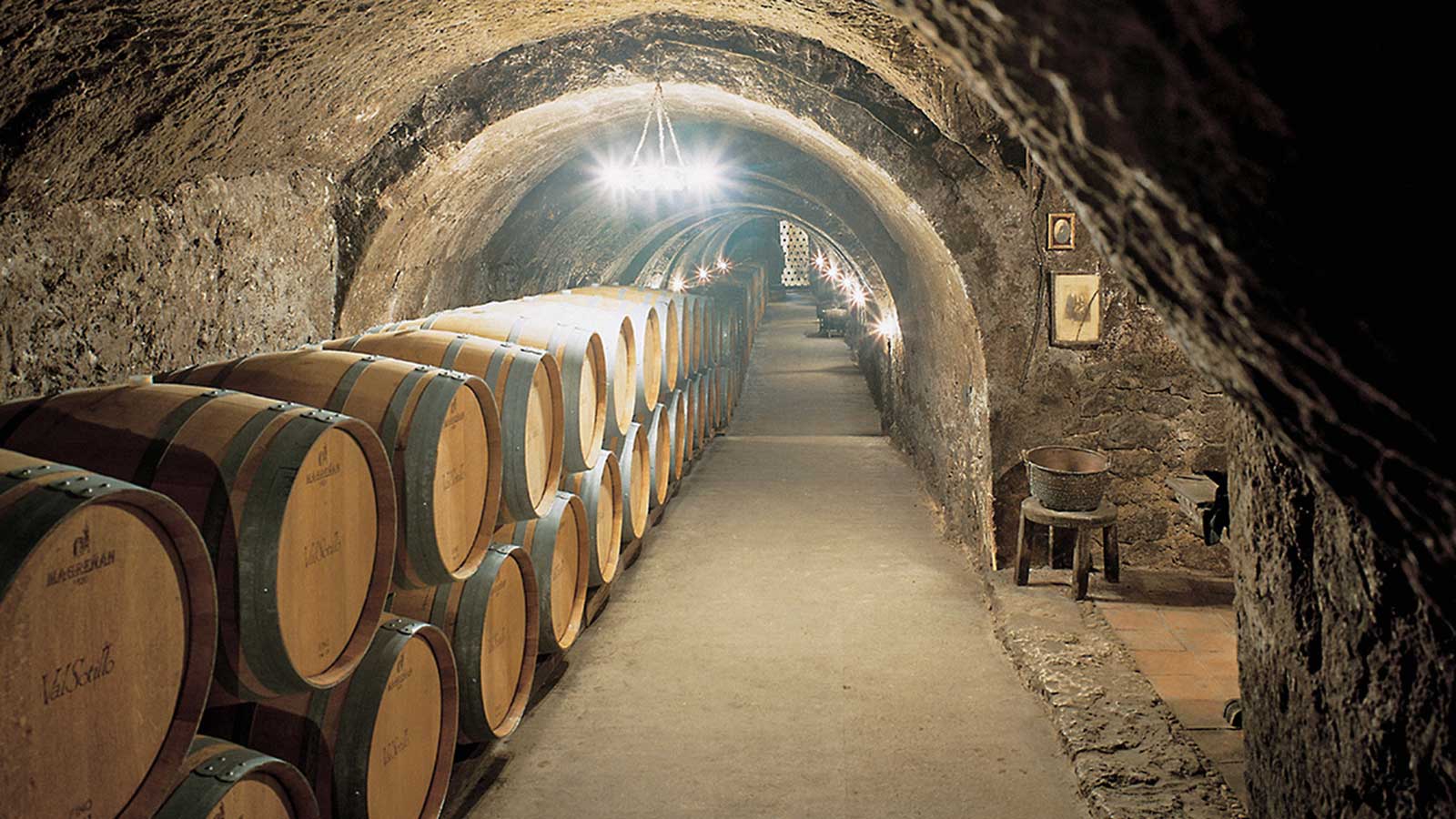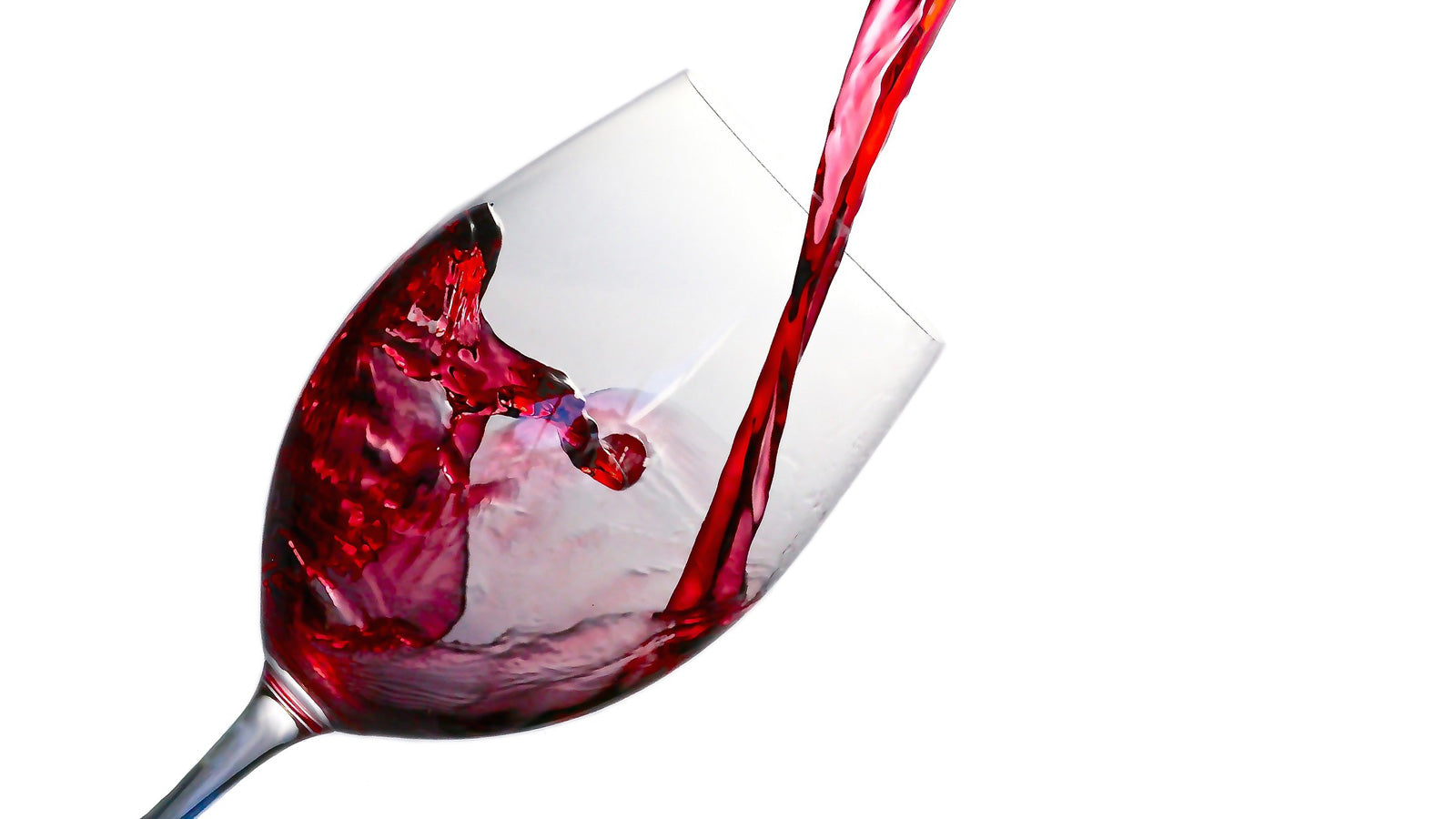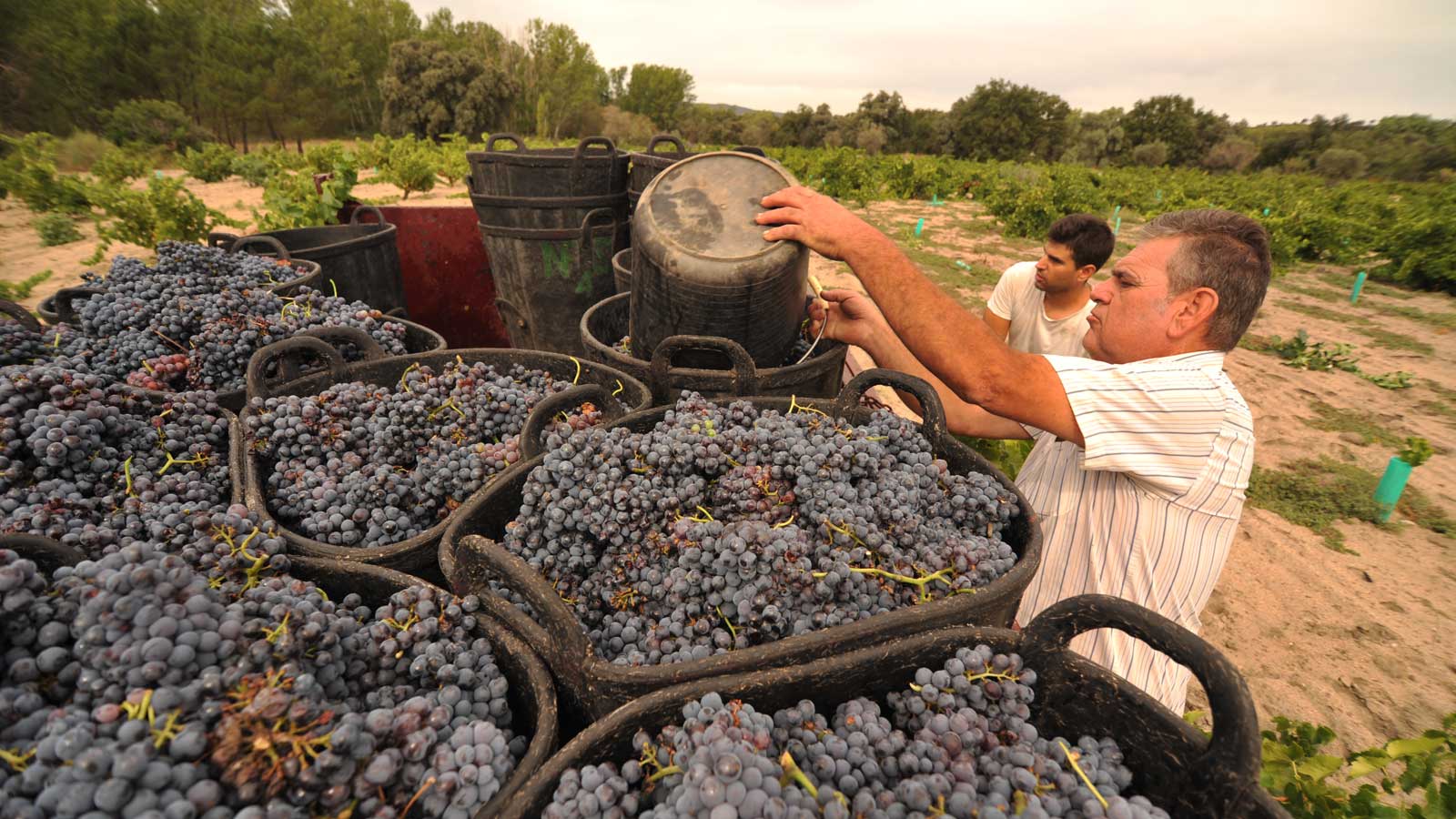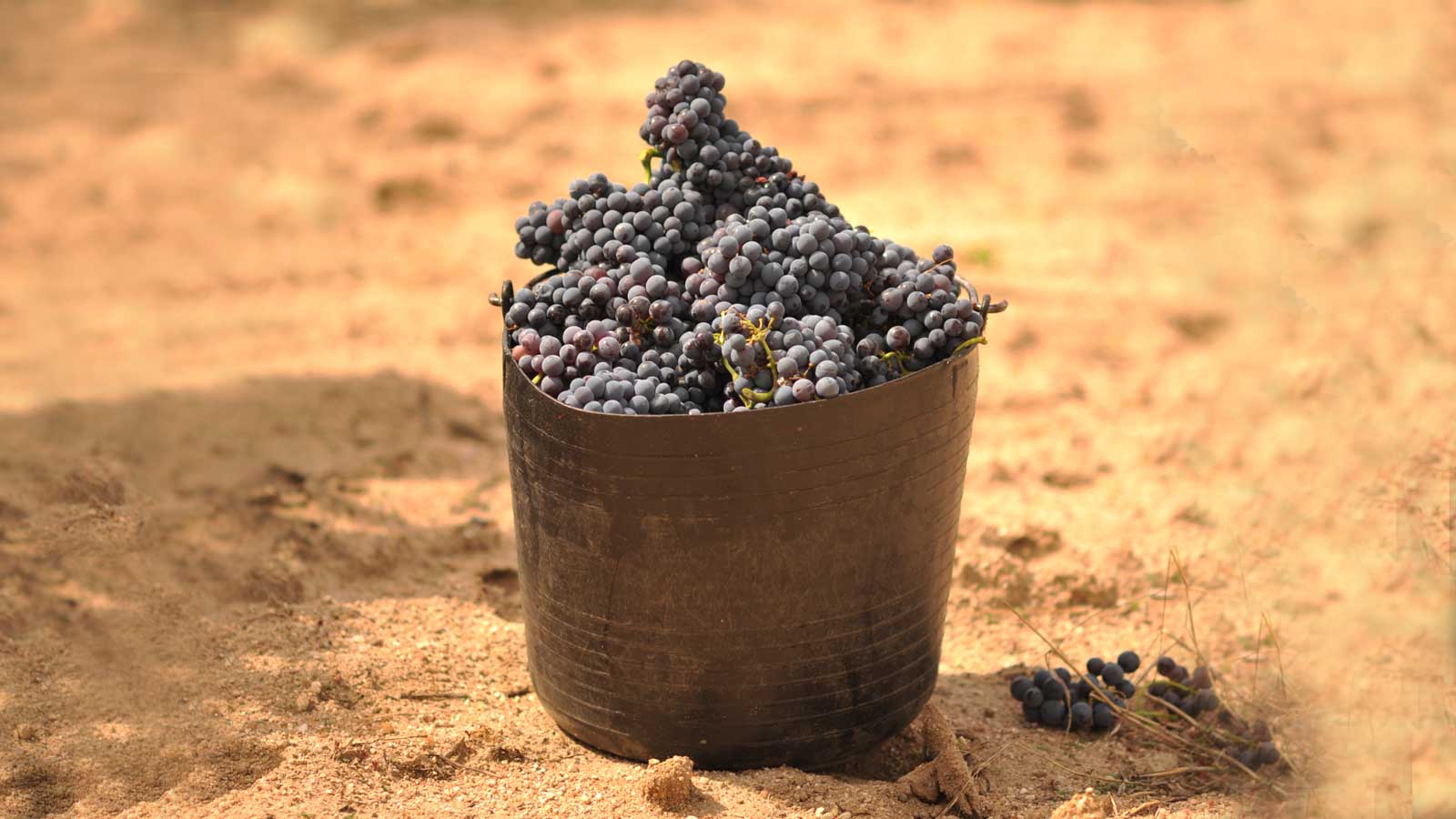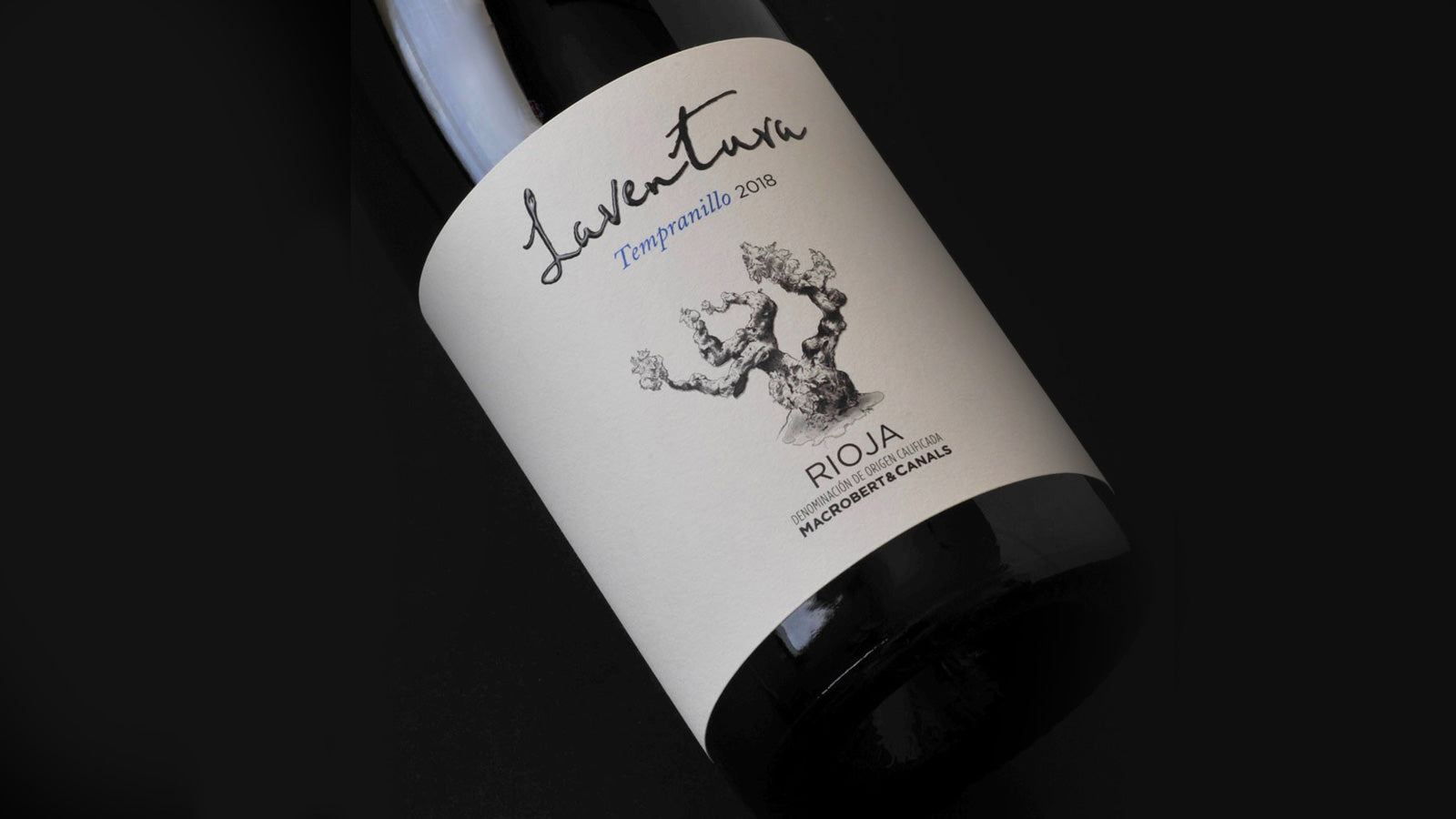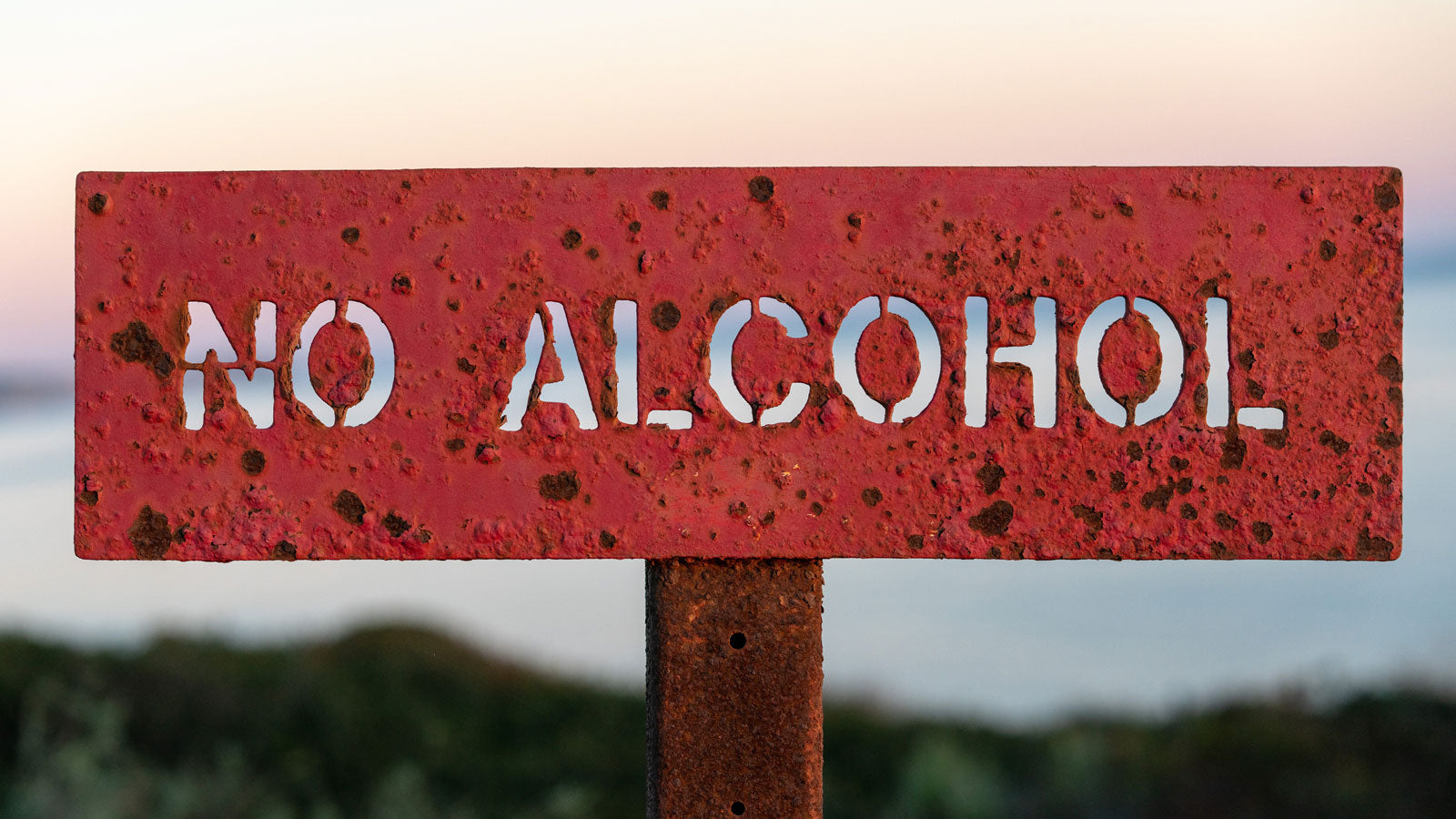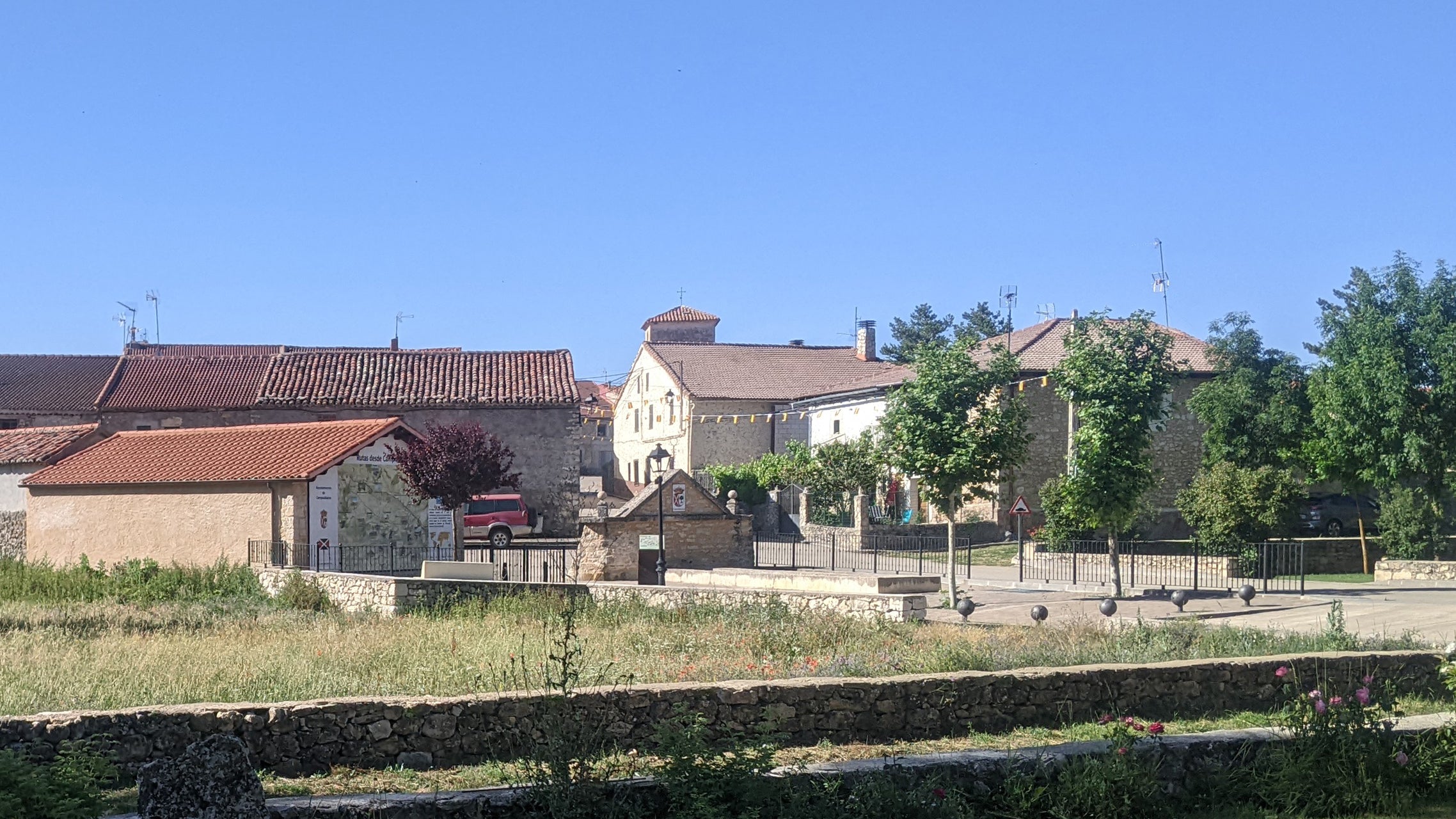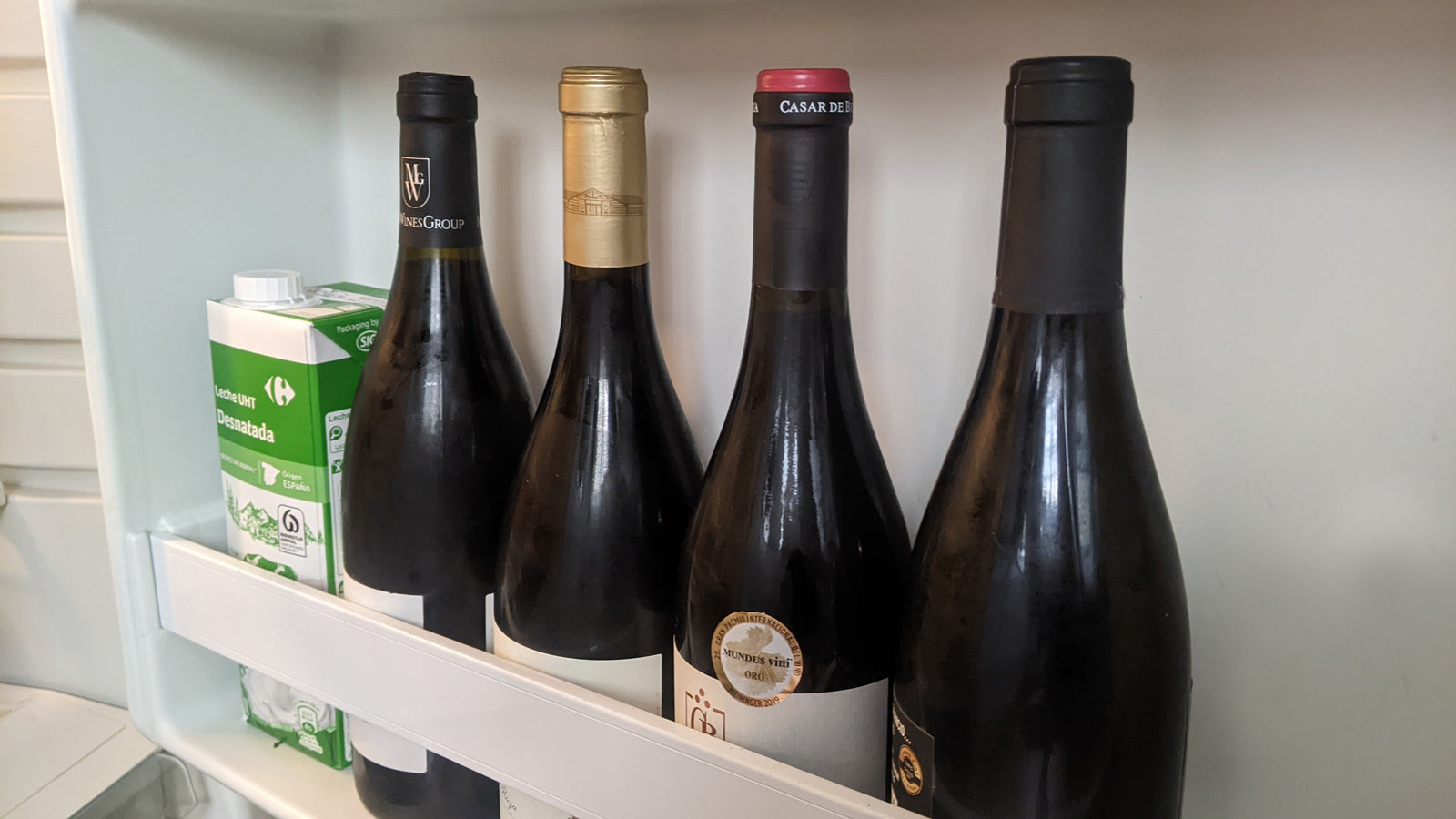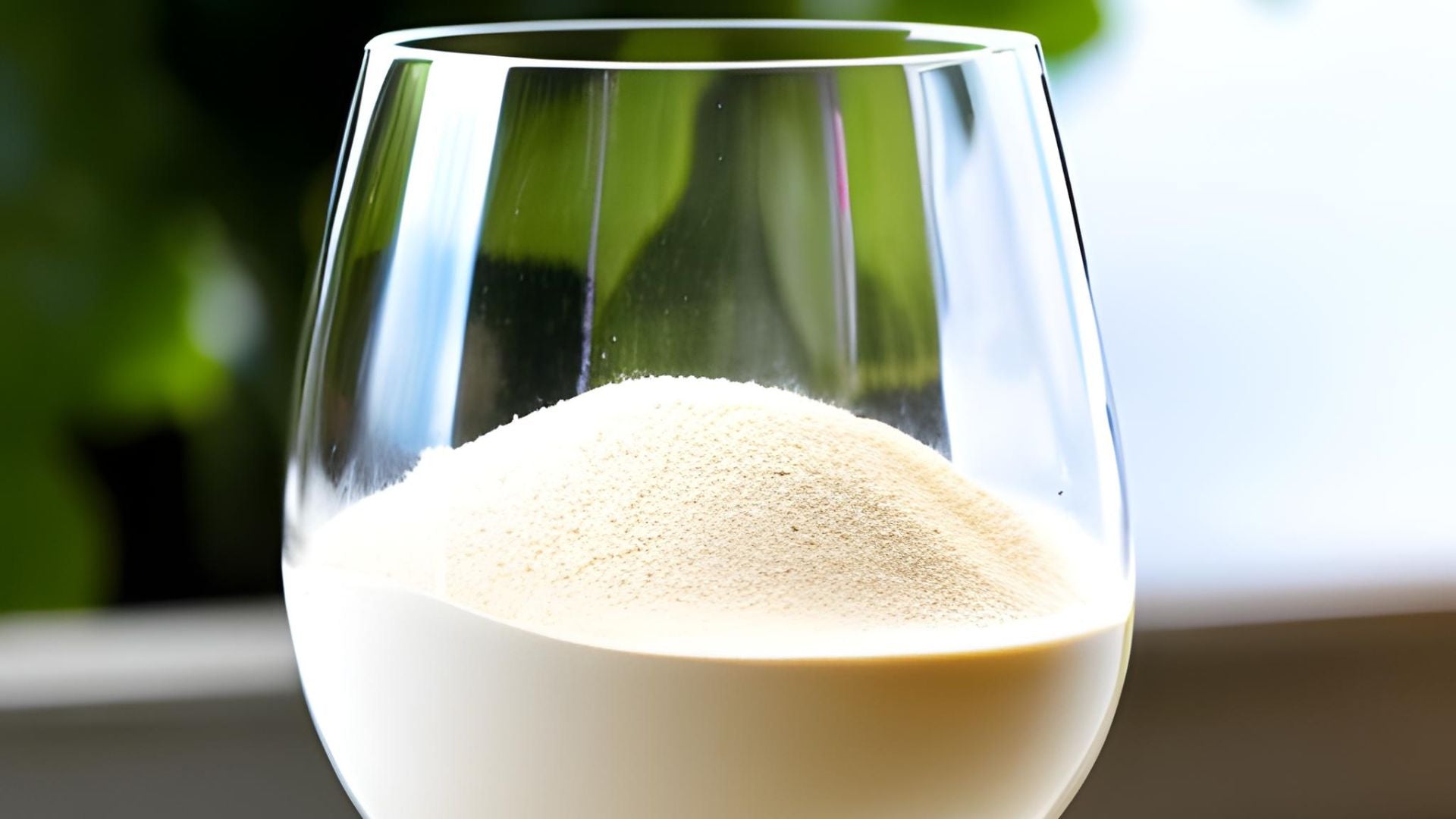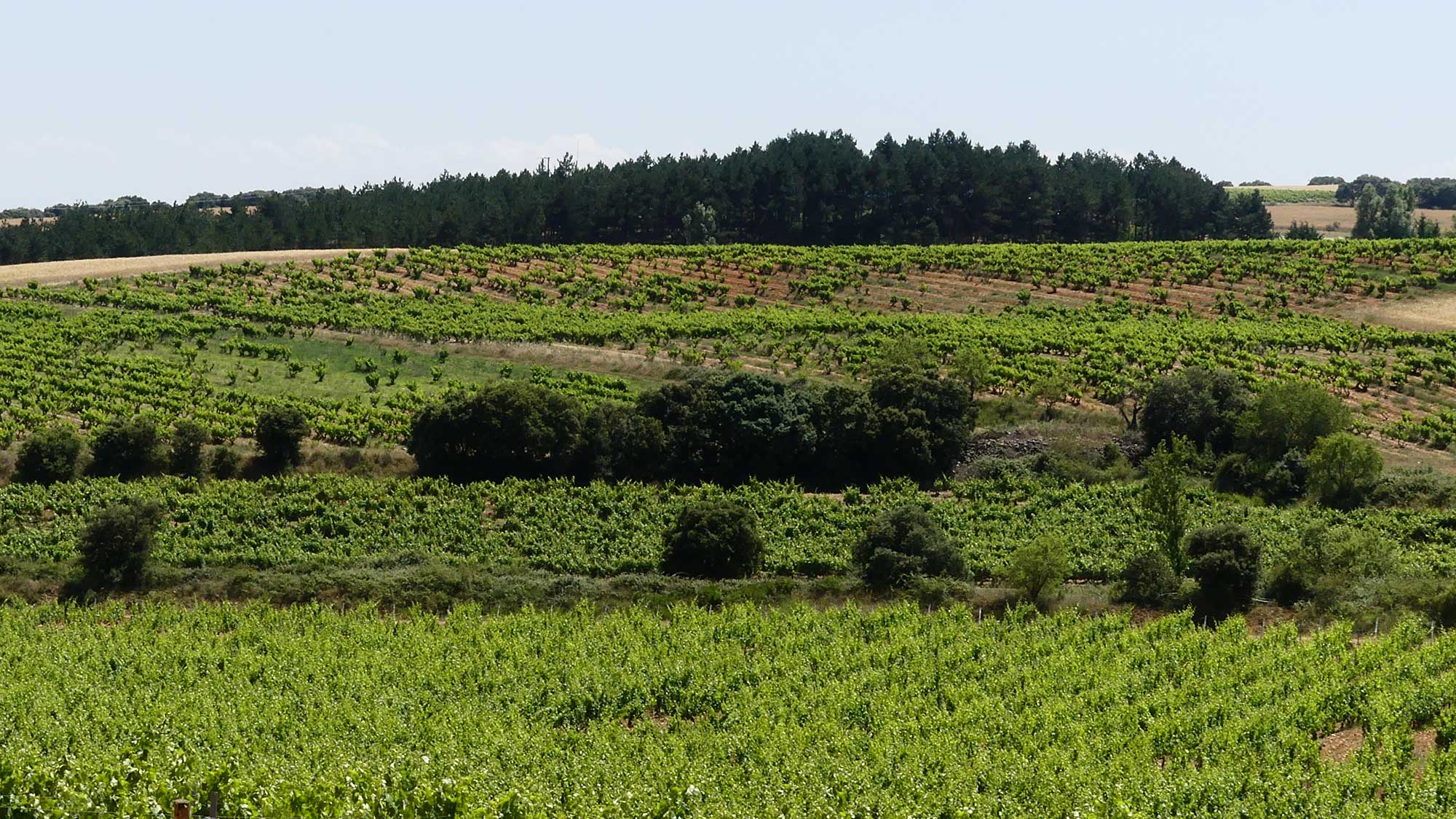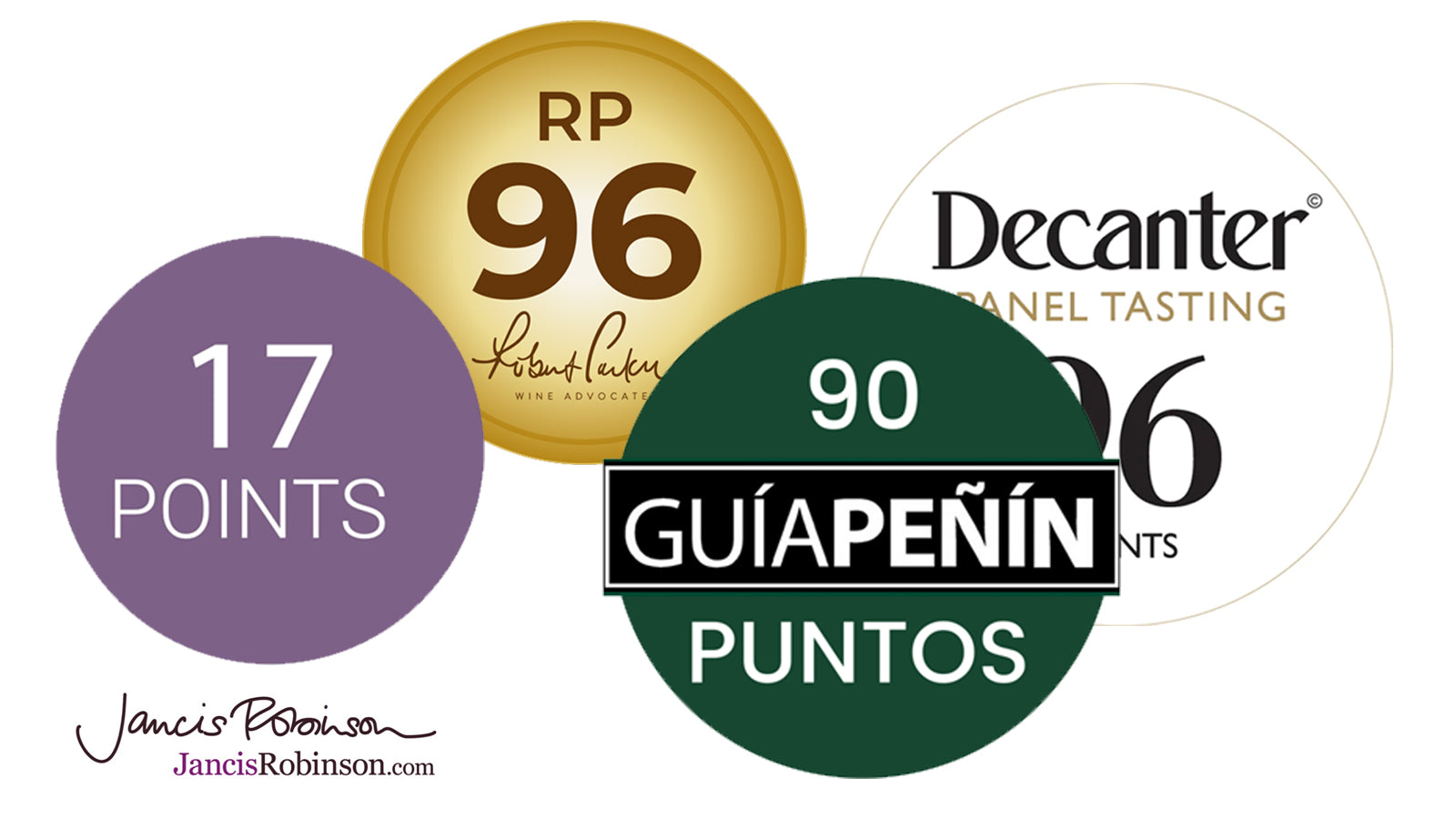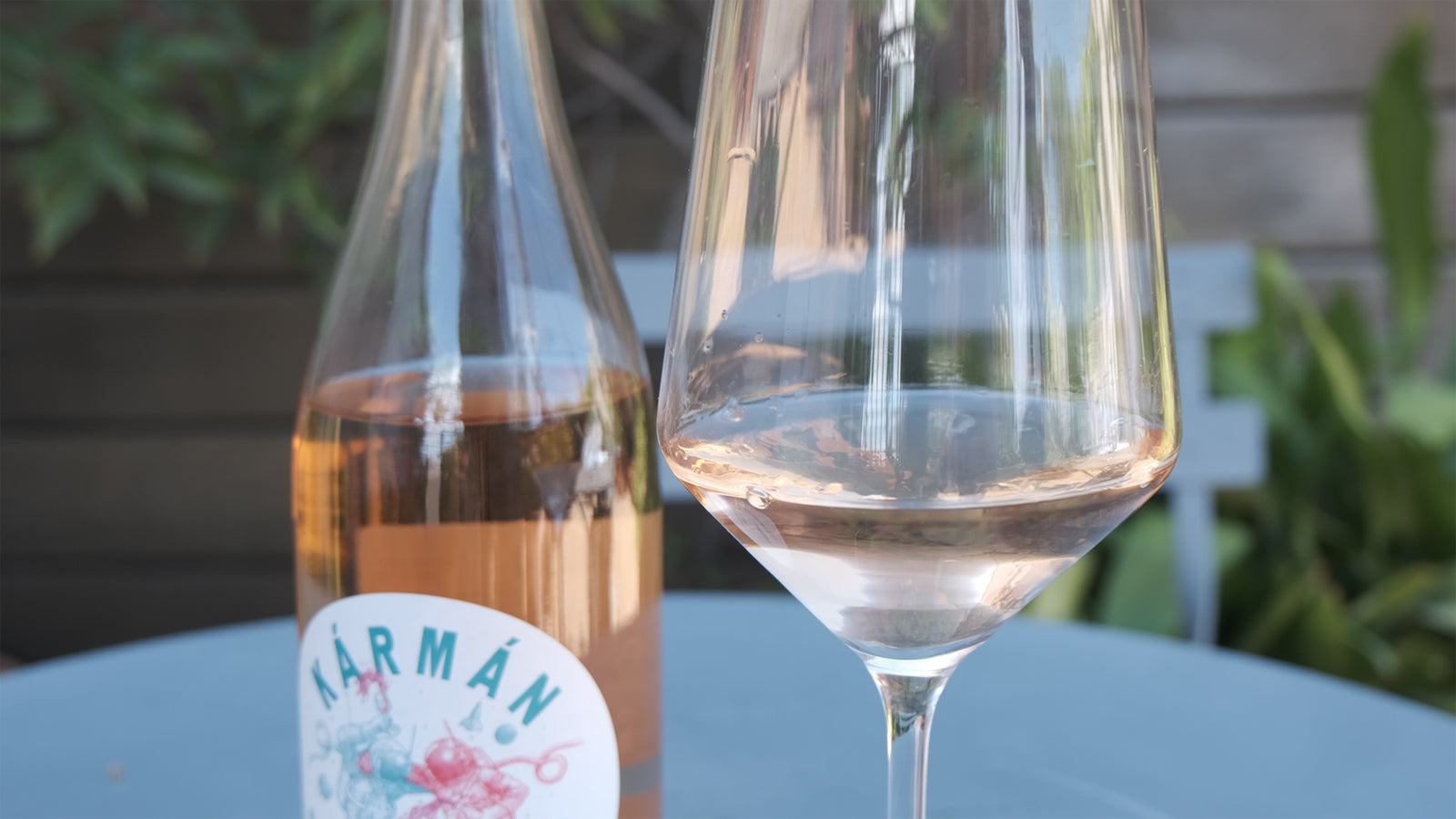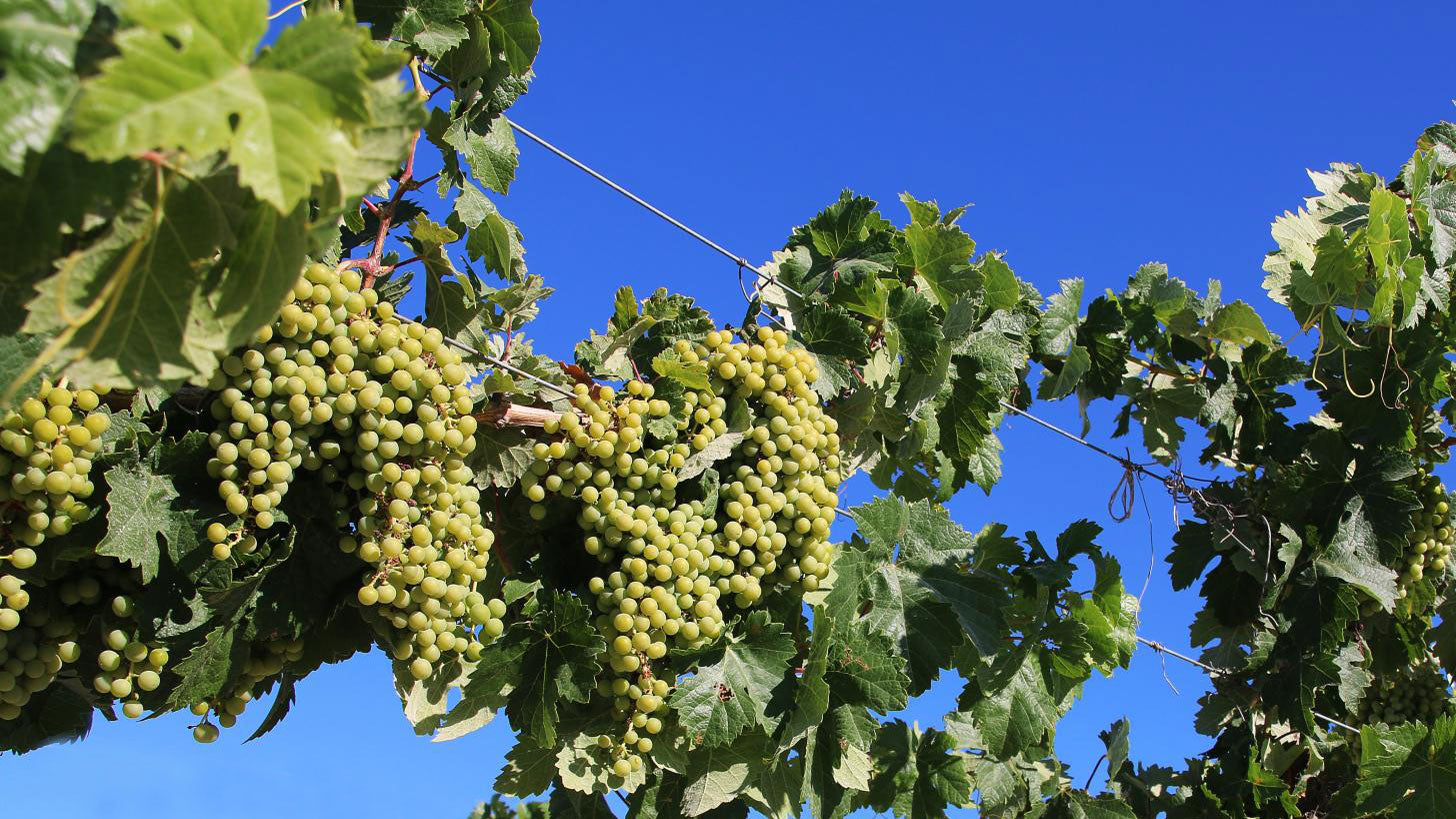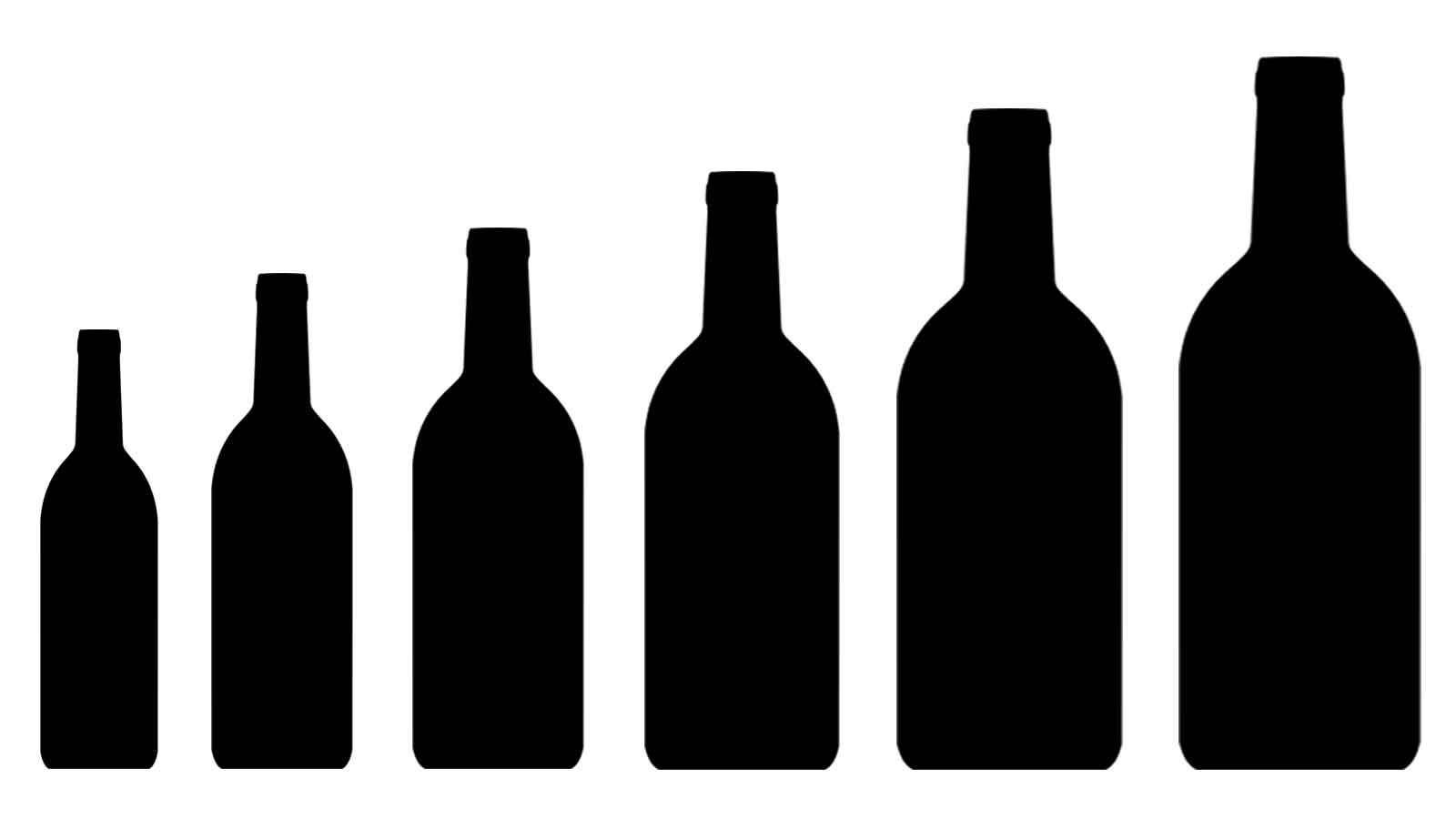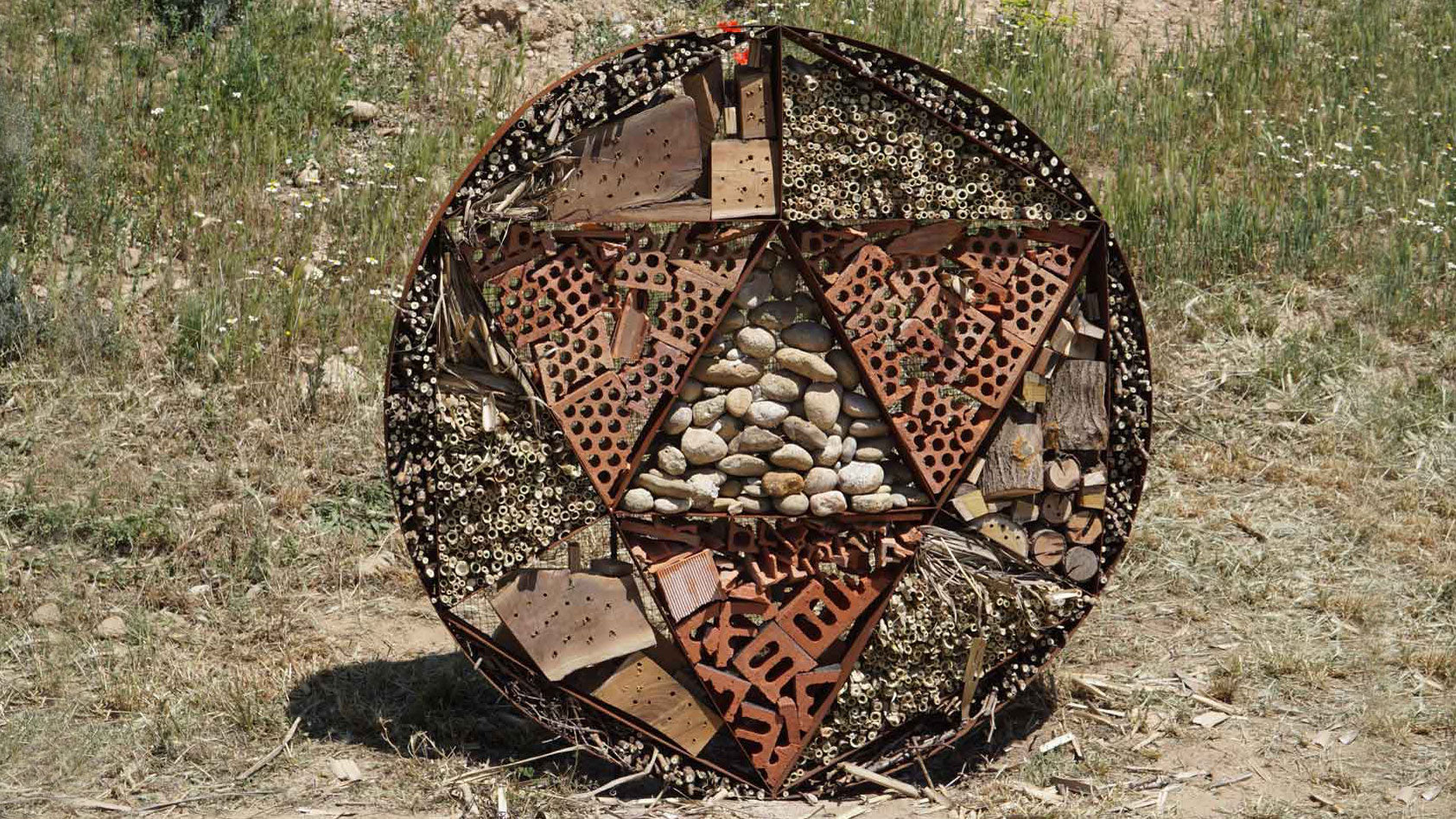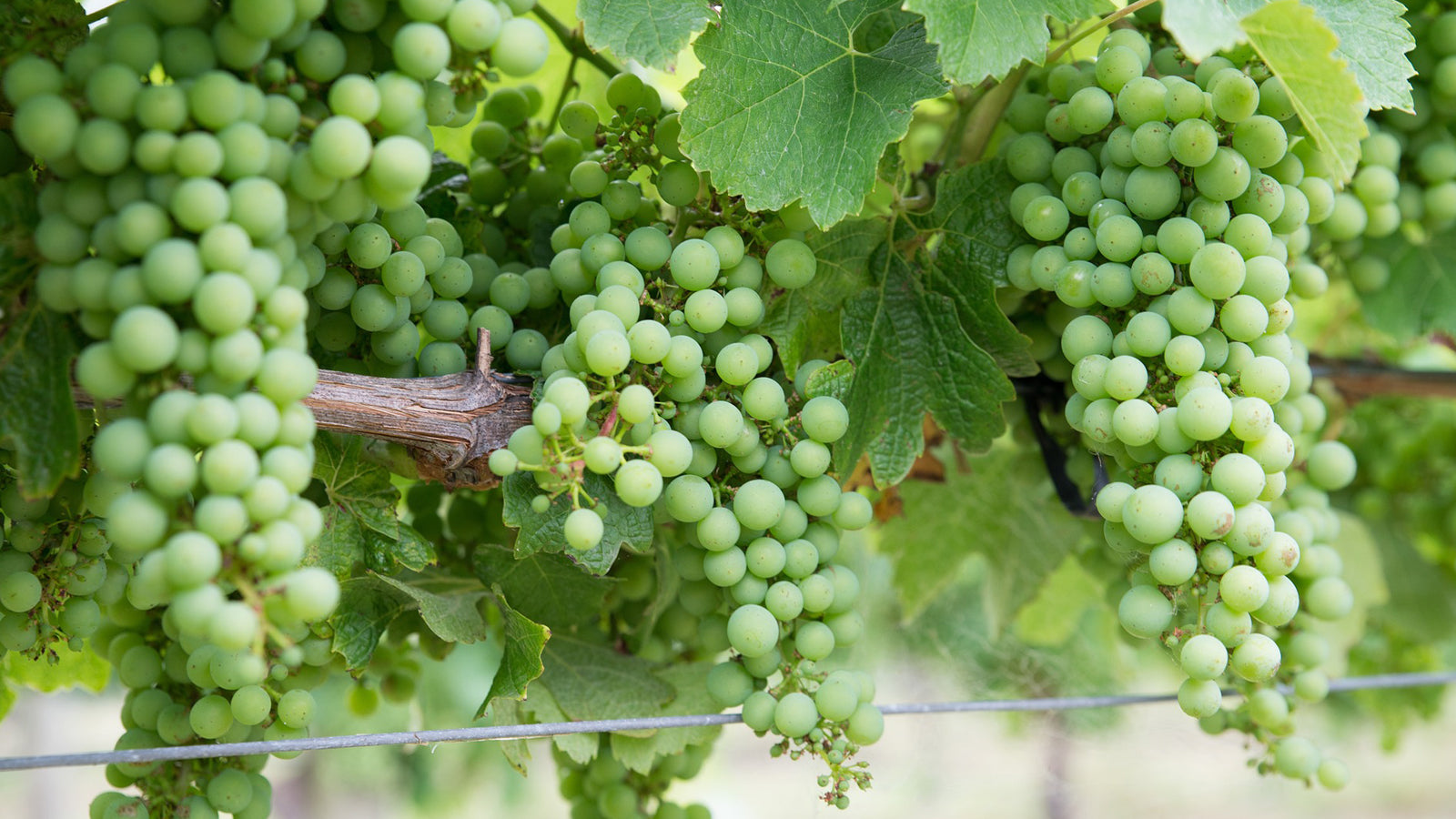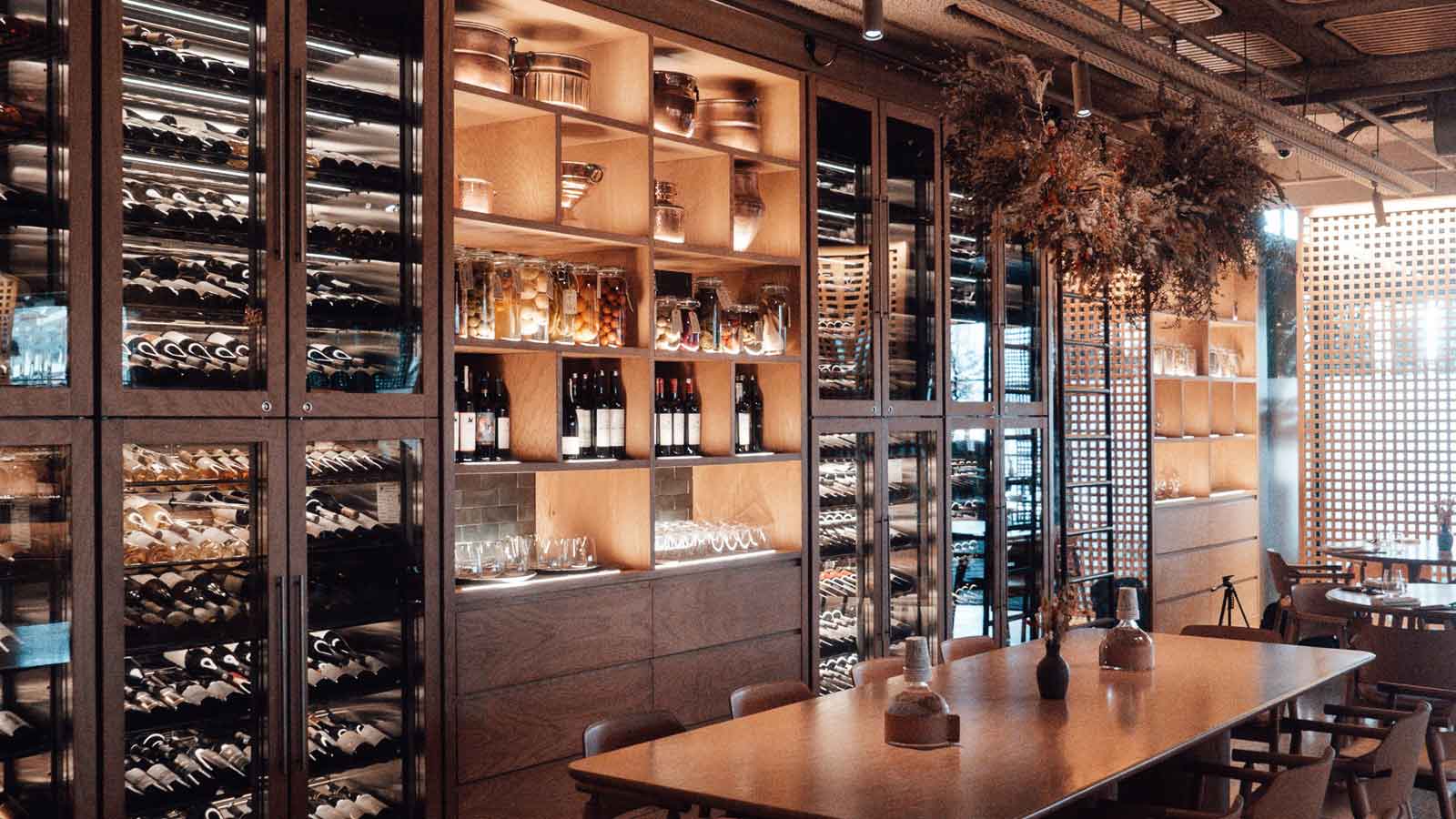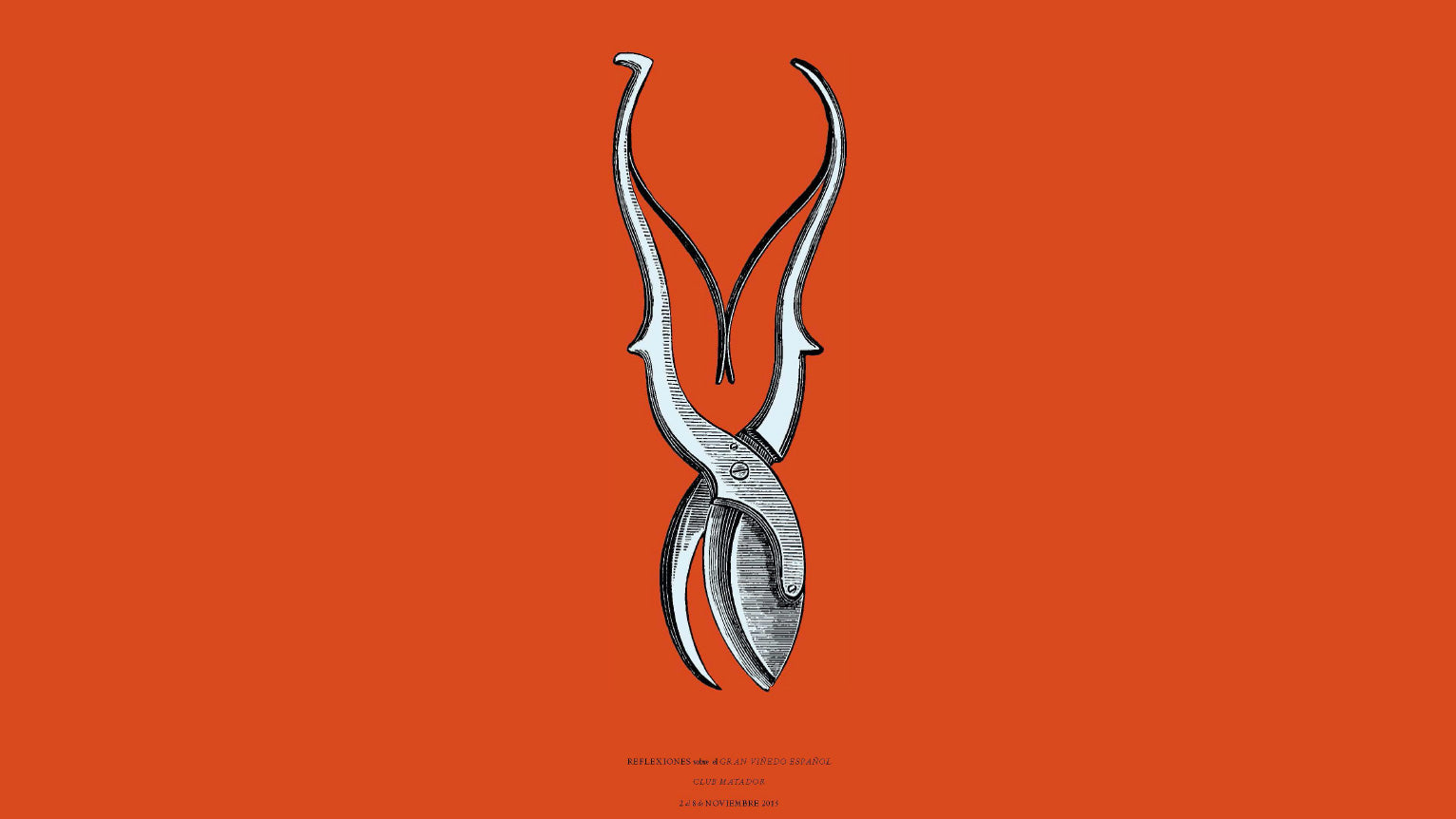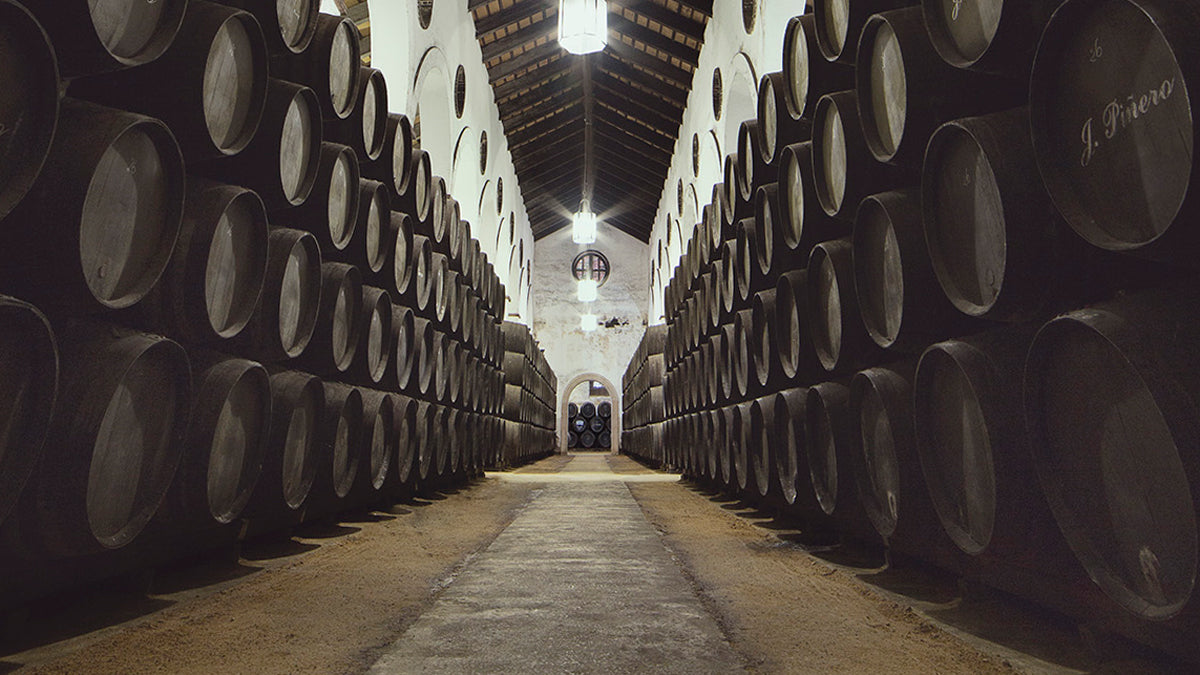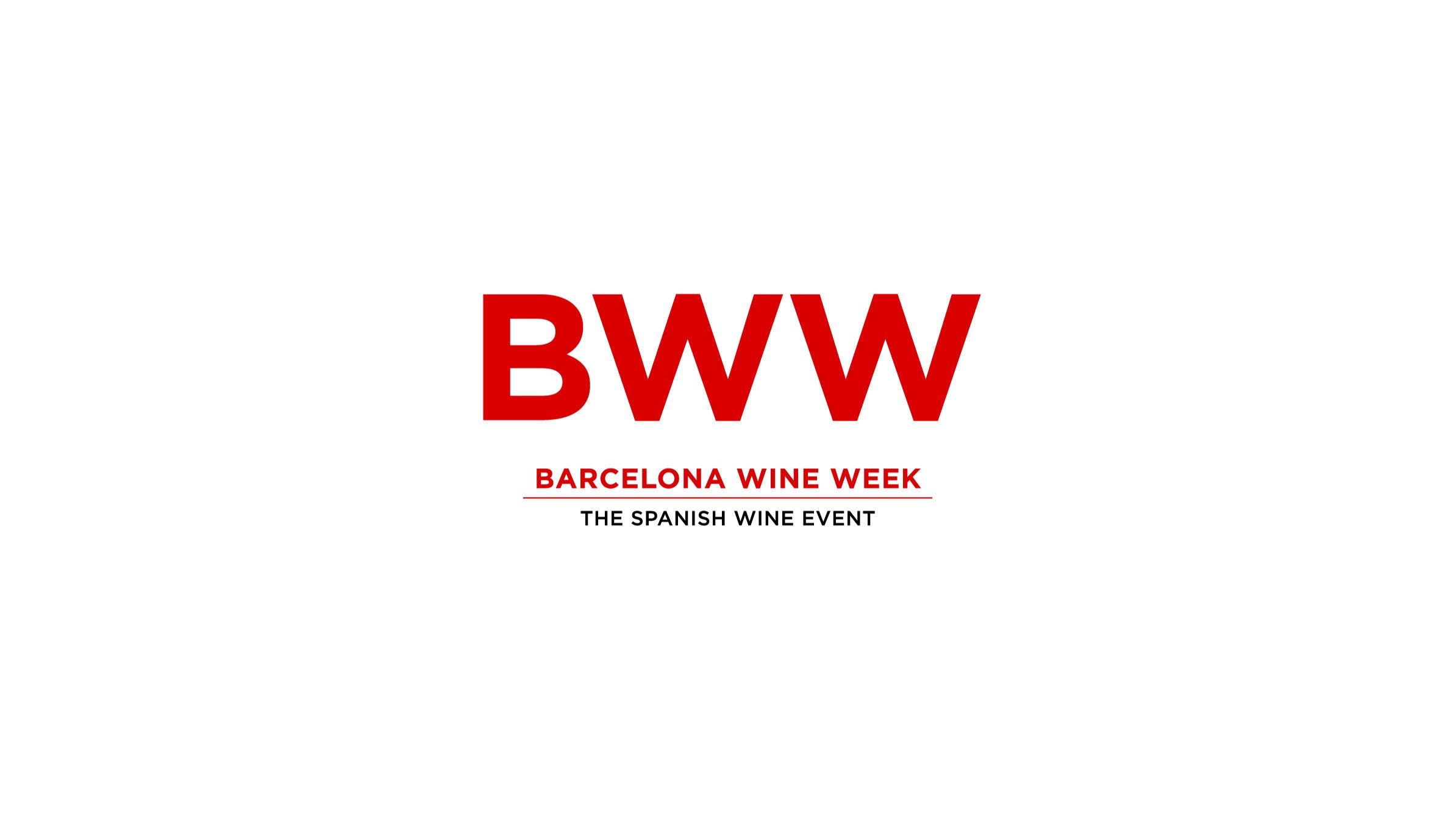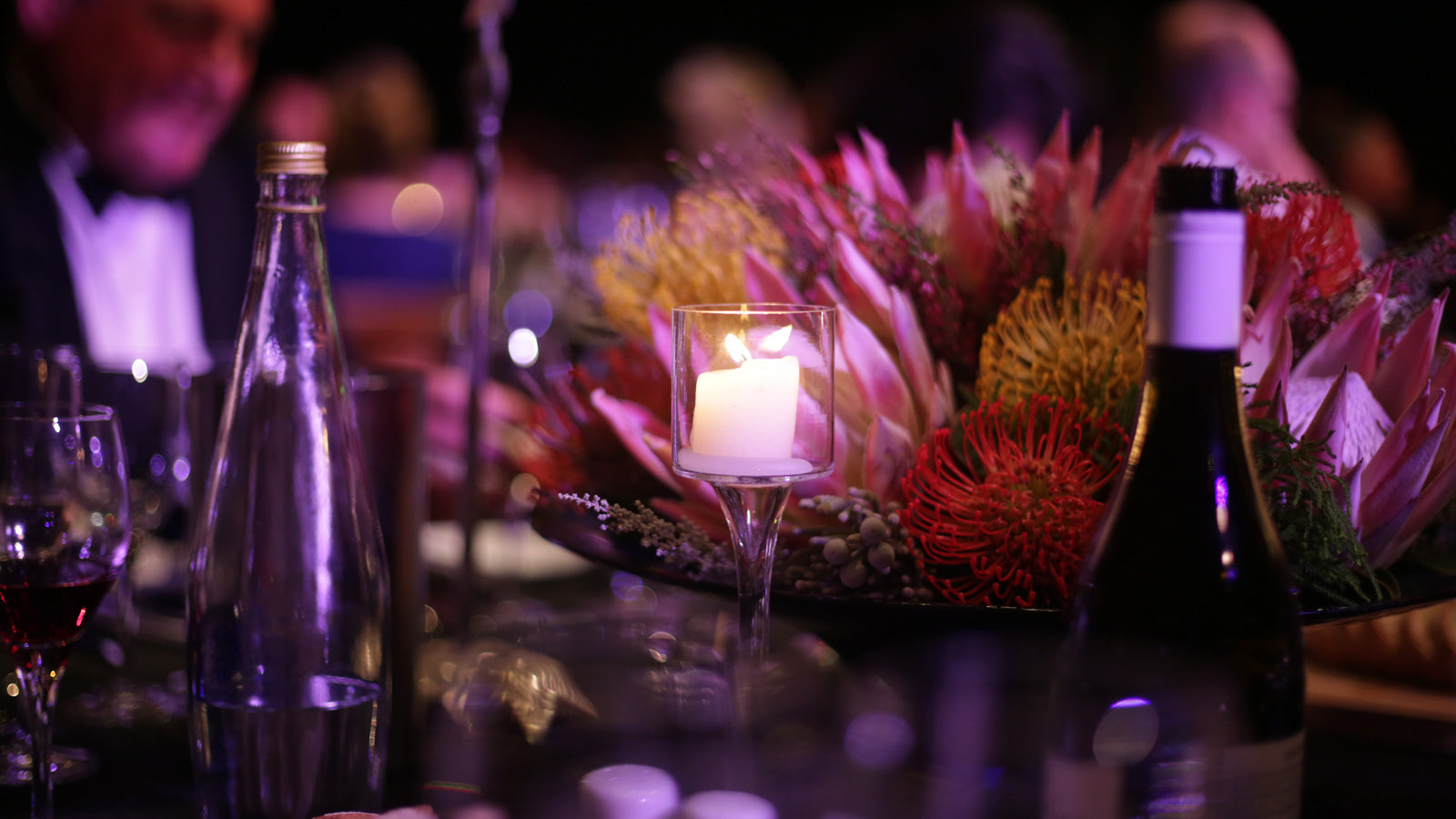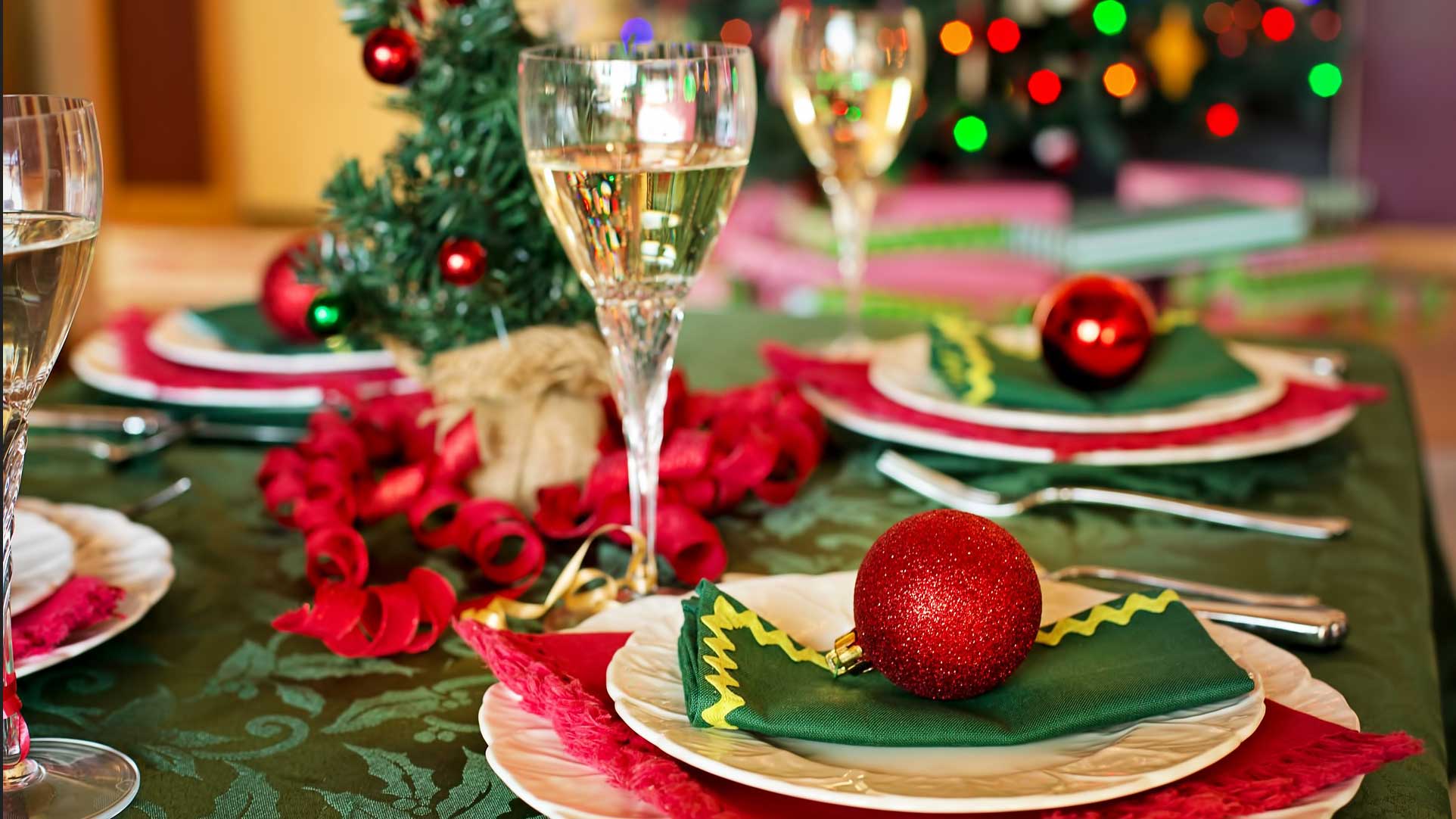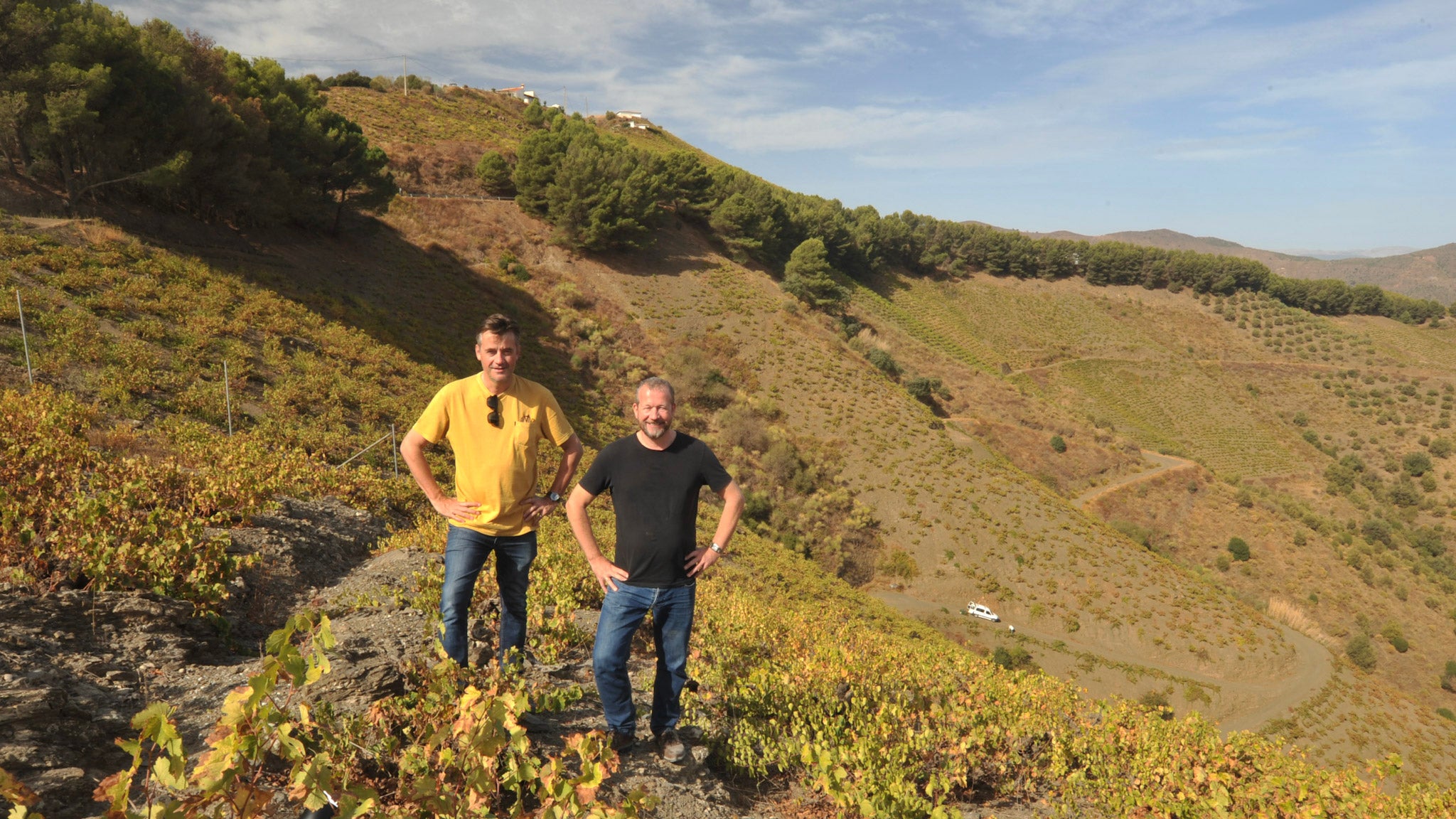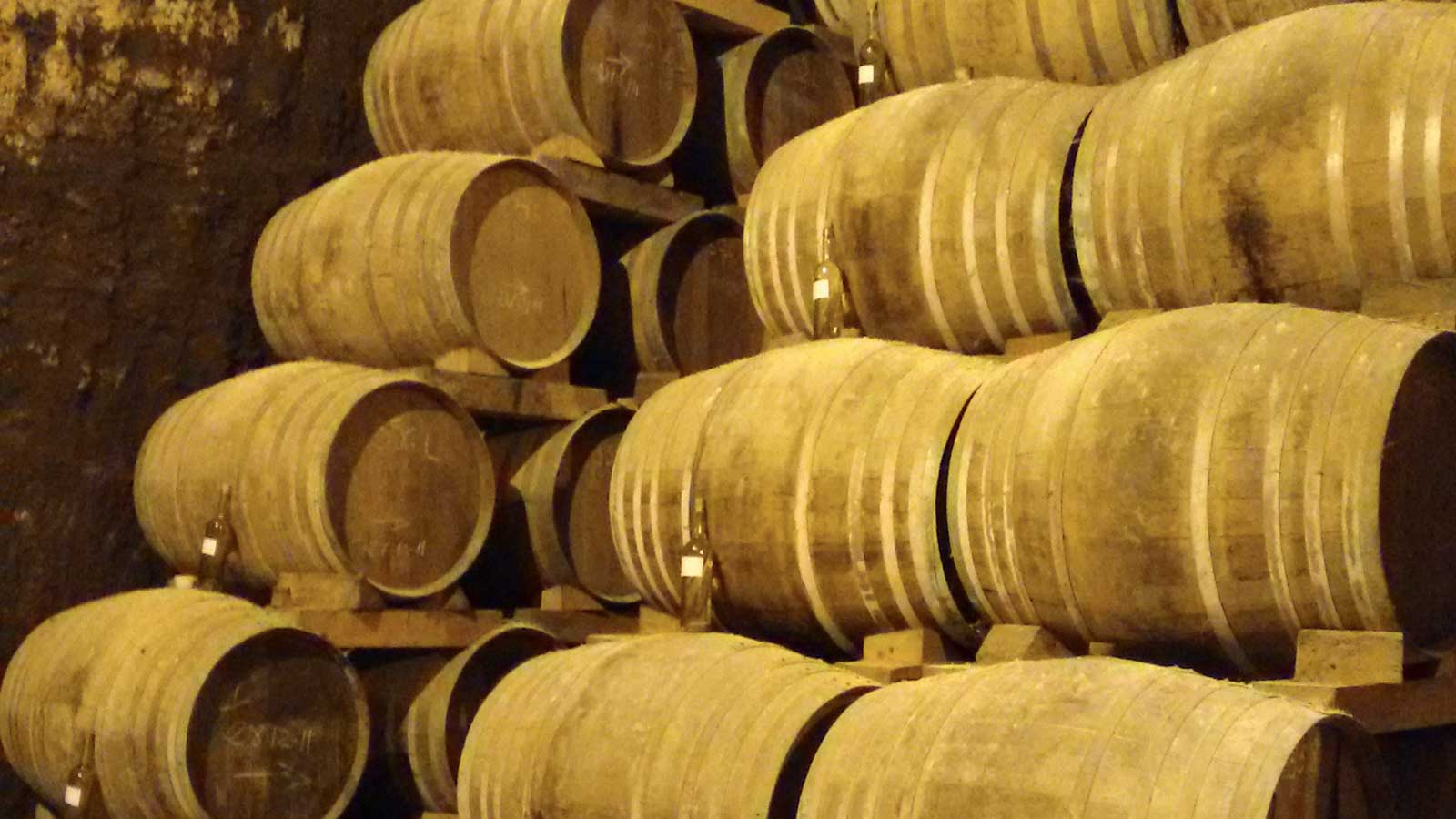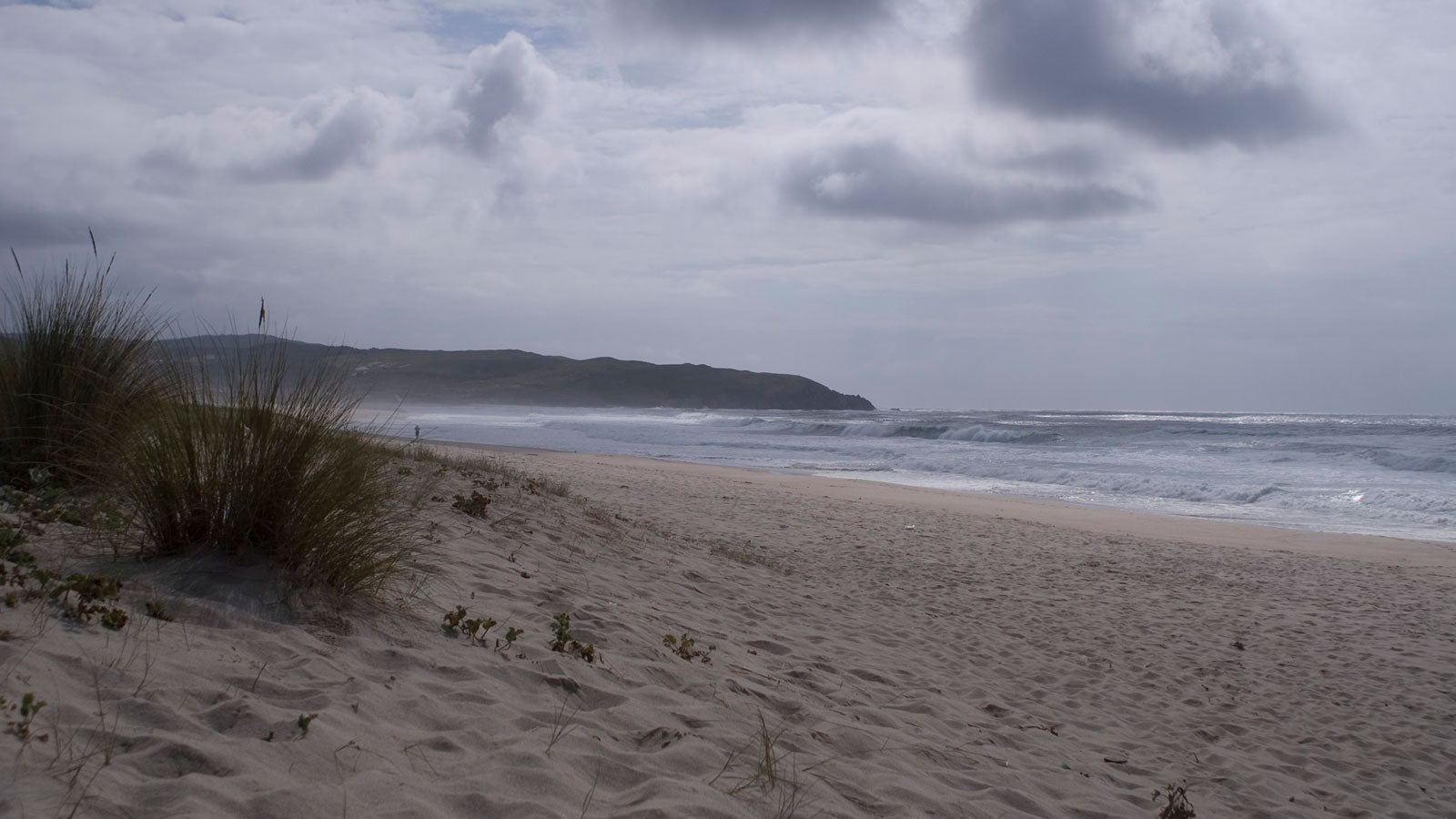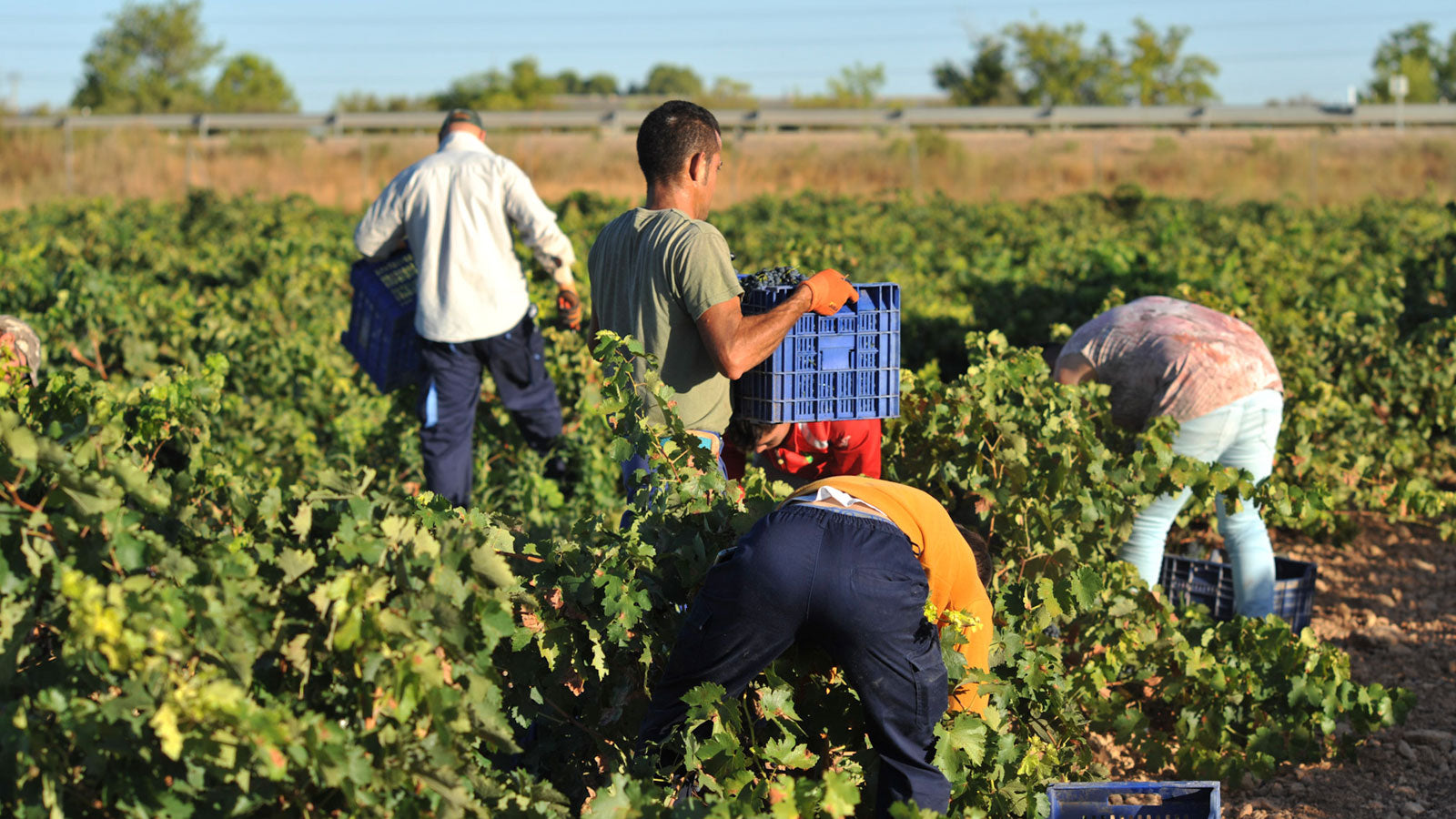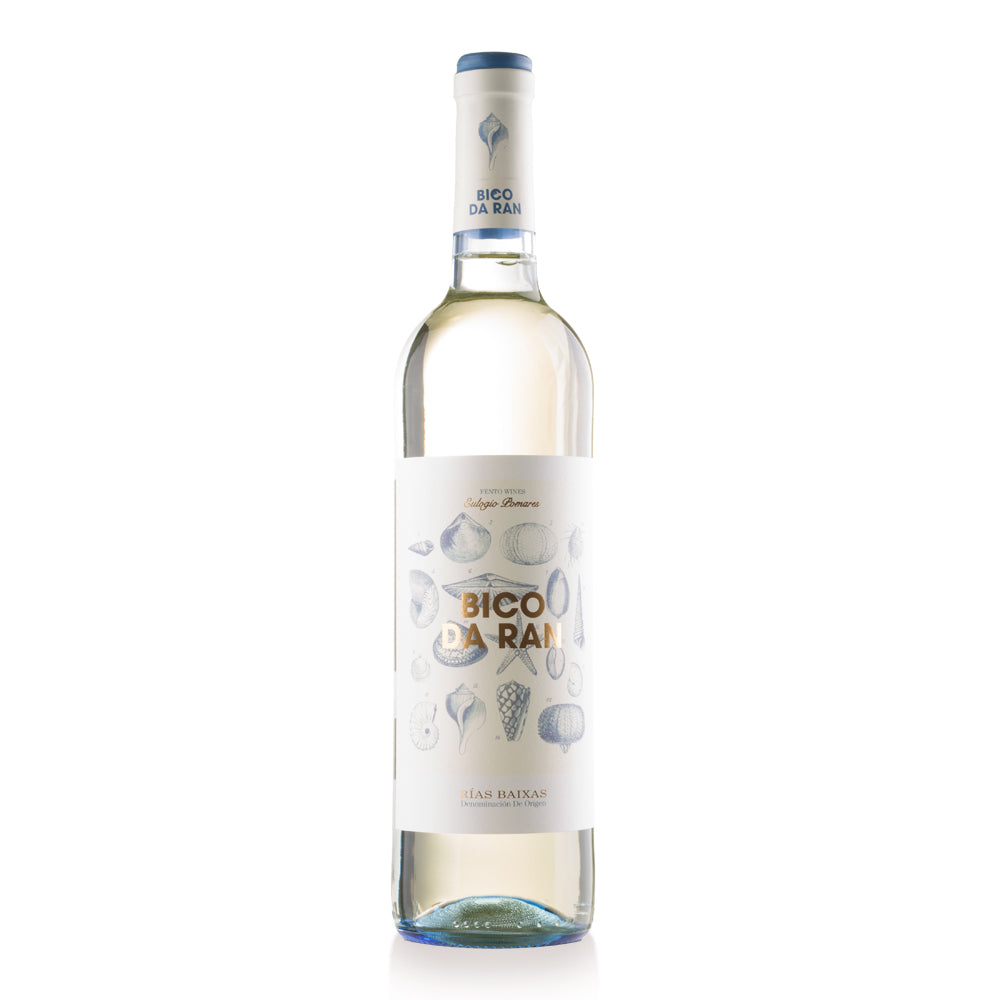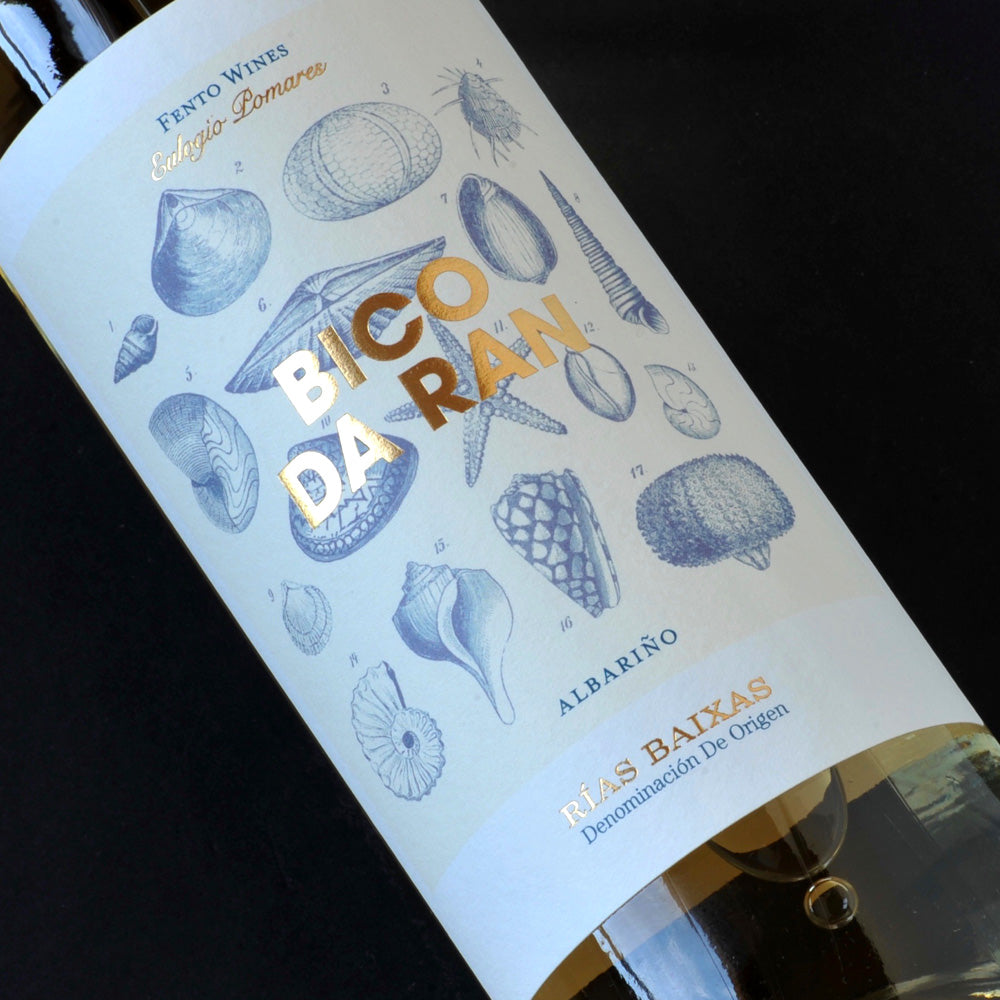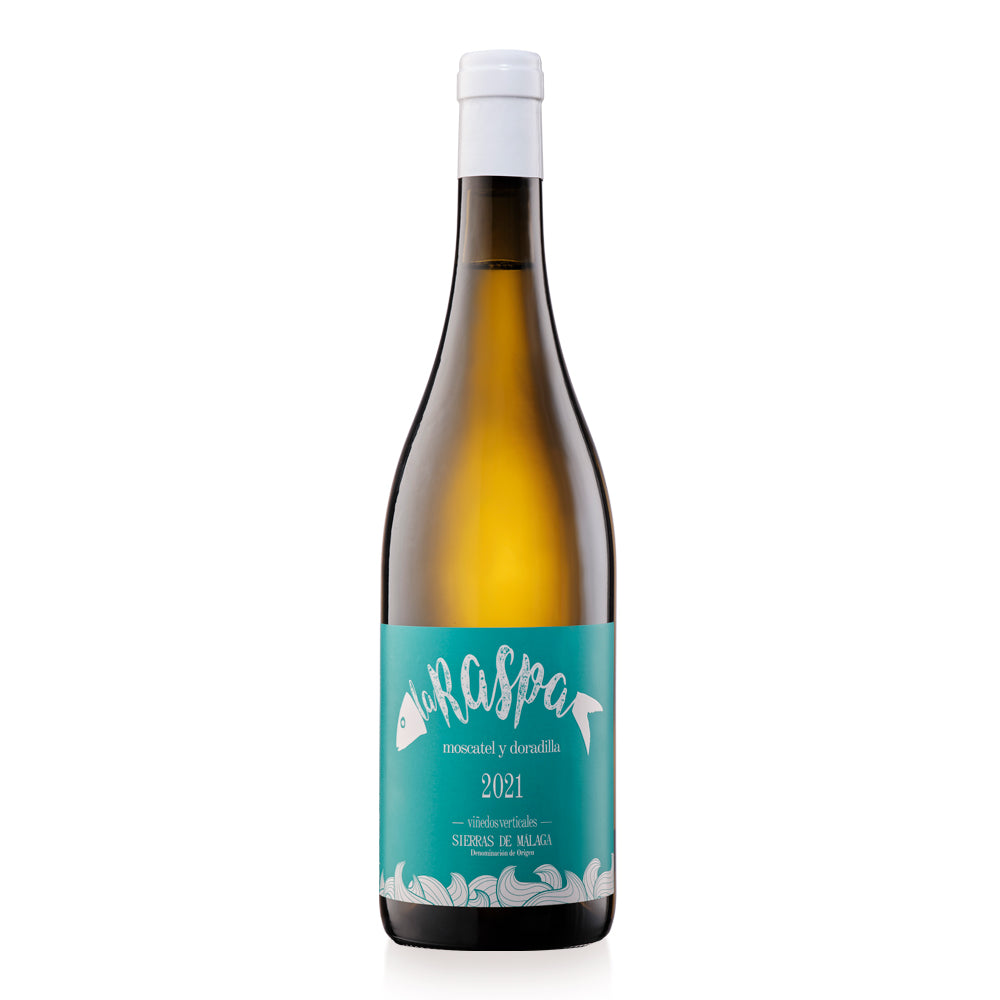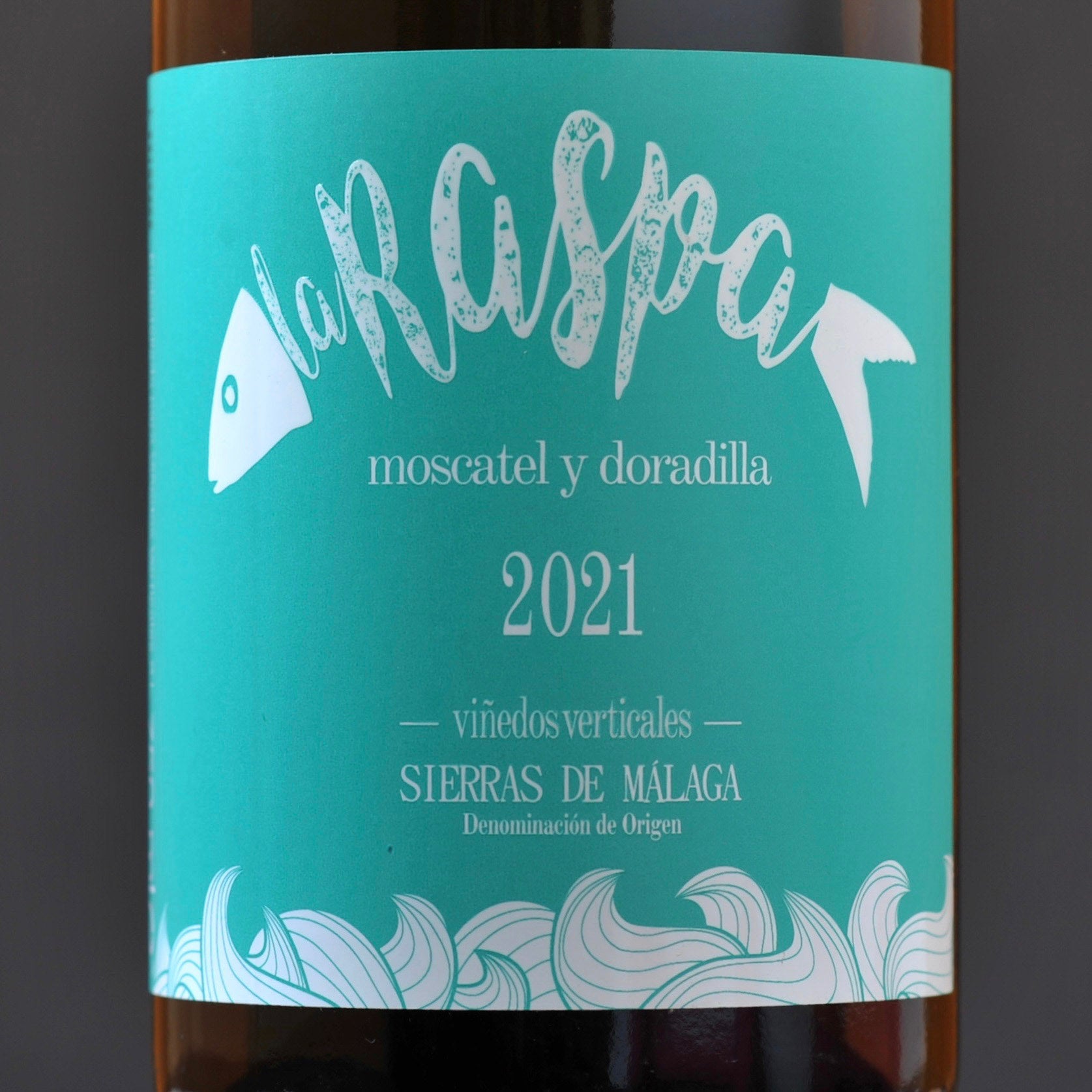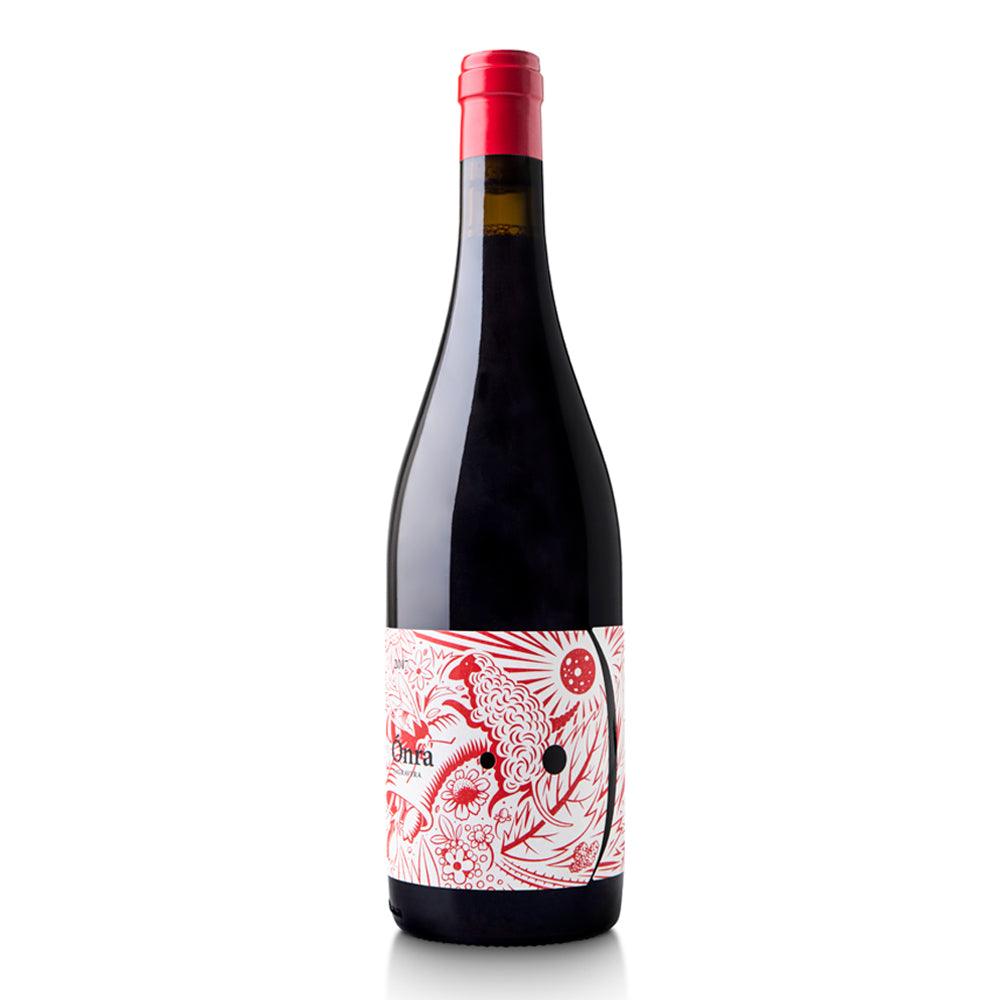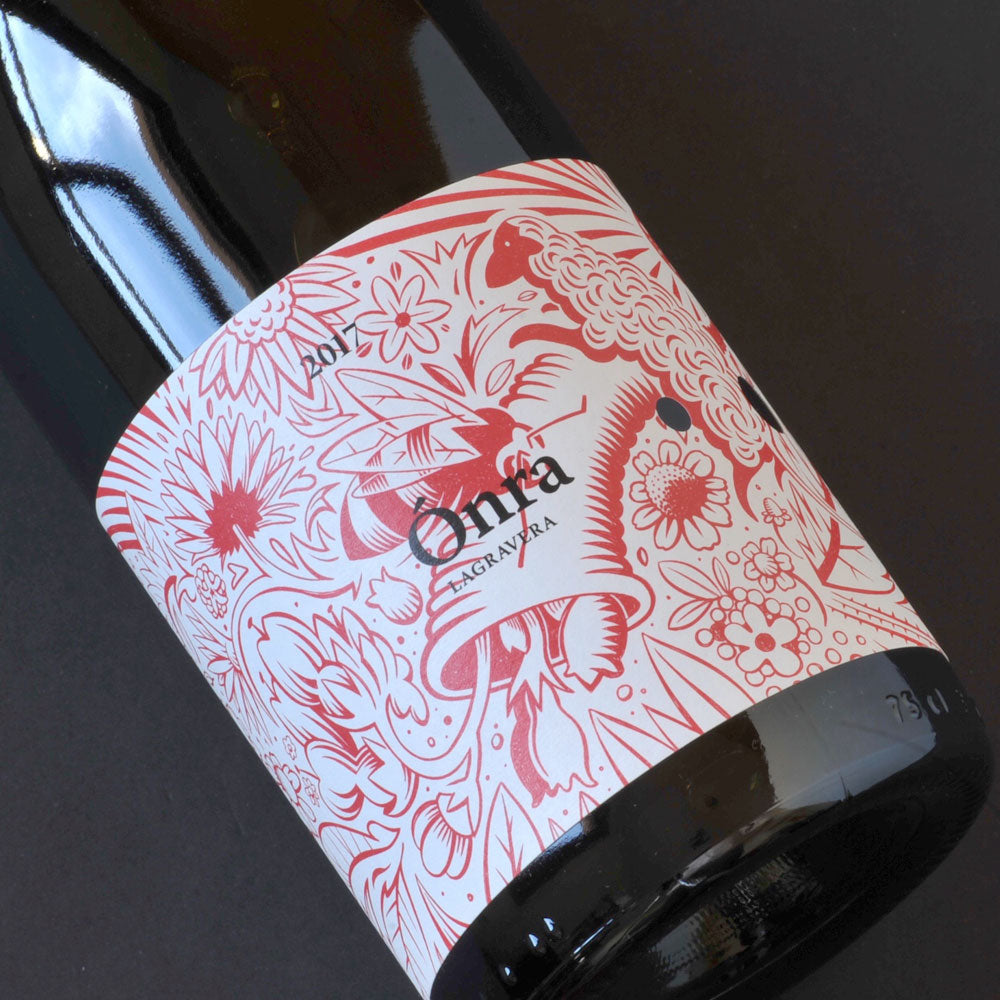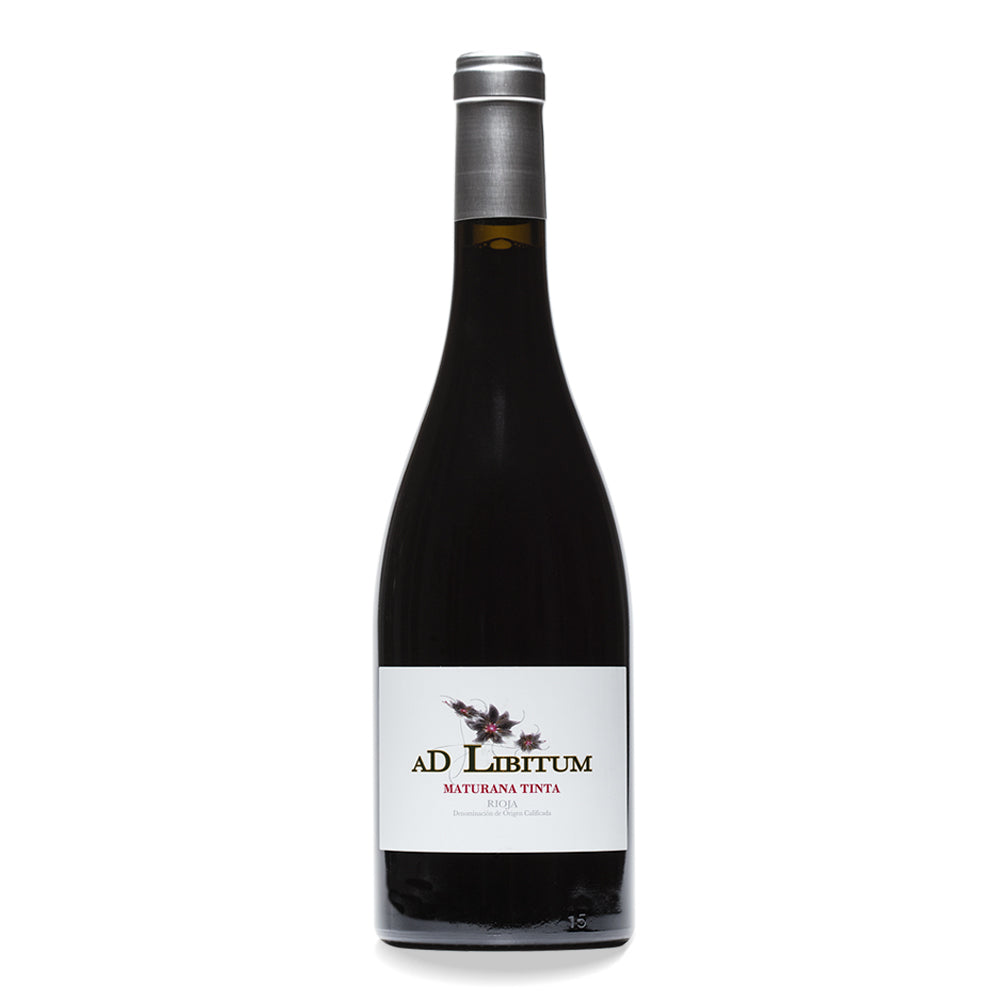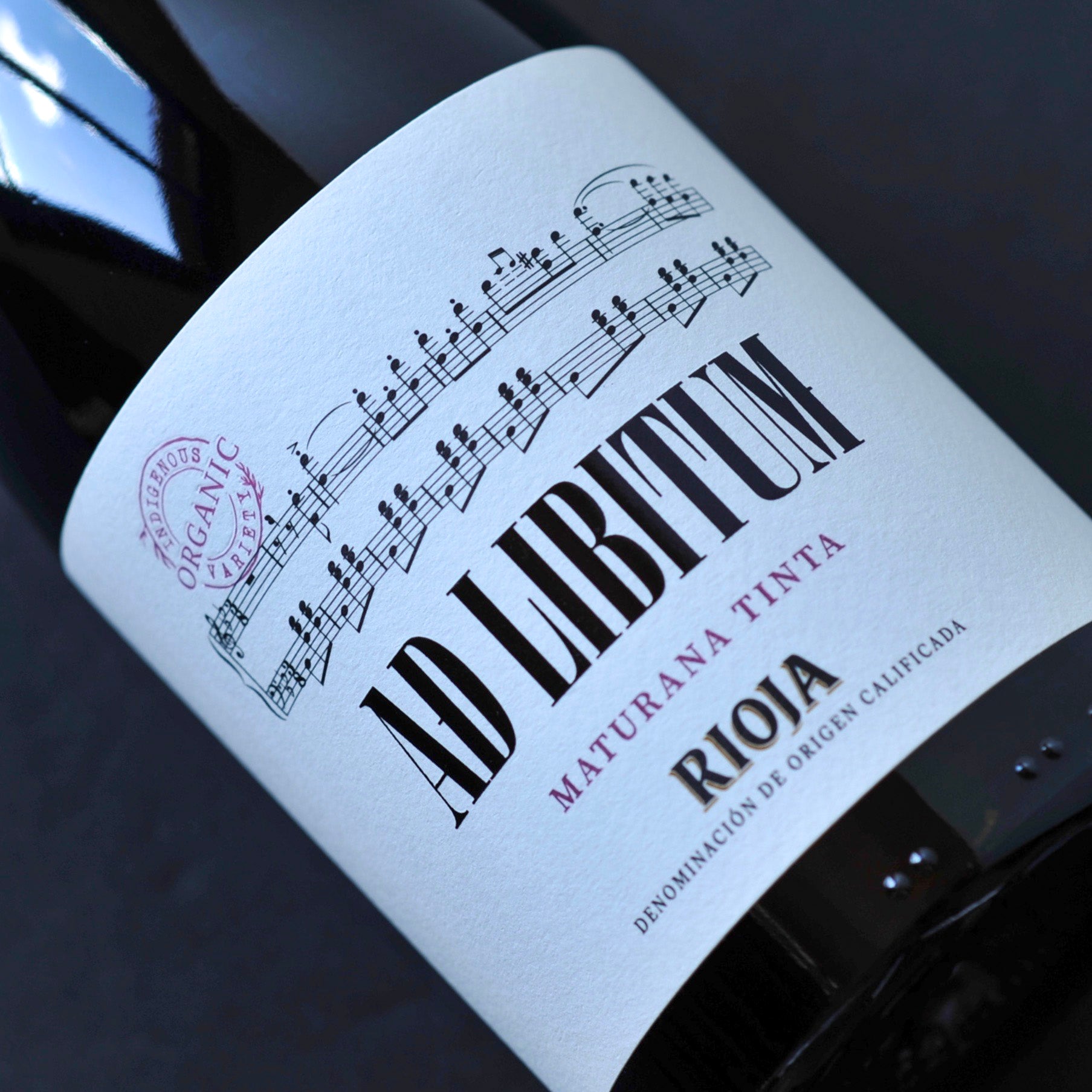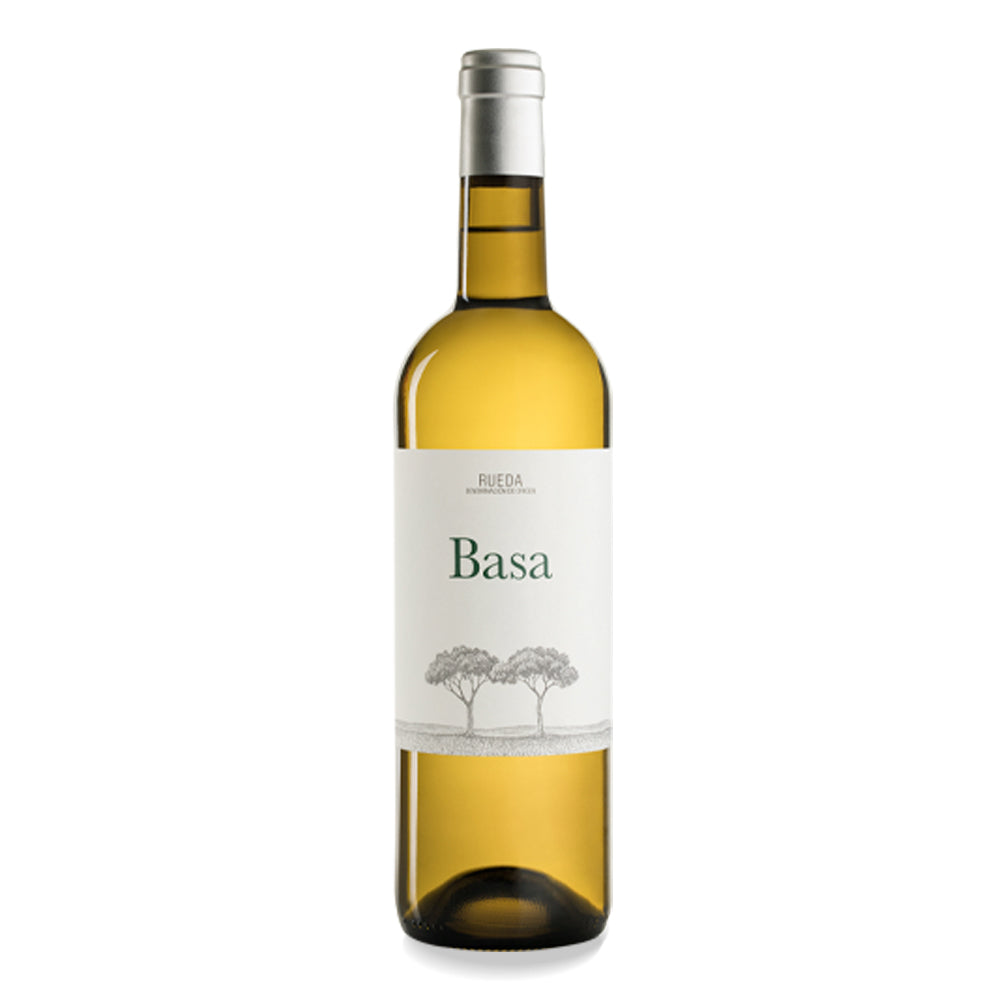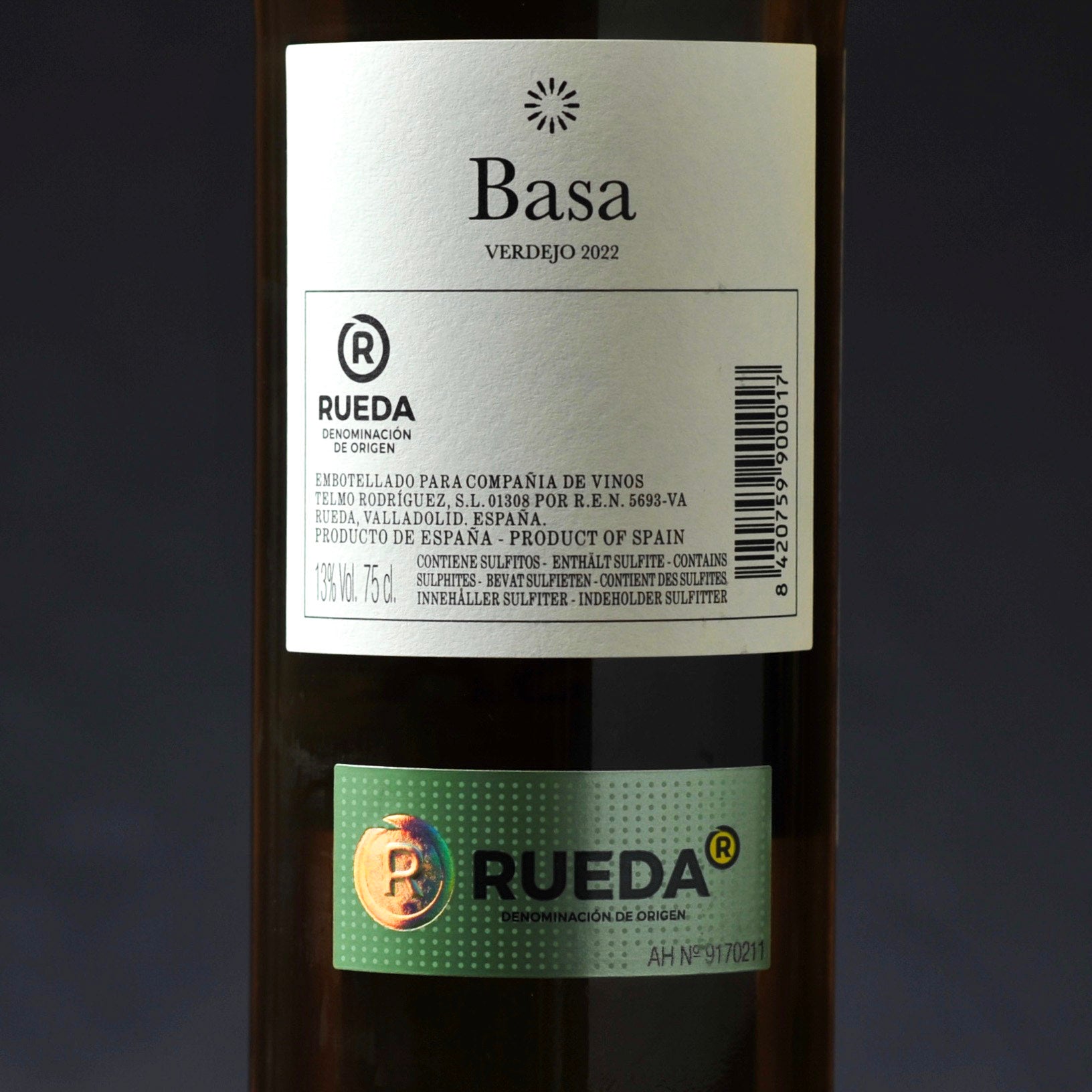If you’re a regular reader of our content, you may have heard us talk about tinajas from time to time. For those who are unfamiliar with the term, a tinaja is a large clay or earthenware vessel that can be used for fermenting and storing wine. And they are becoming a more common sight in Spanish wineries. The question is, “why?”
A bit of history
Before we give an answer, let’s take a quick trip back in time to the dawn of civilisation and take a peek inside the average neolithic kitchen cupboard. Here we’ll find an assortment of accessories that are not entirely unlike our modern-day bowls, plates and cups. And they are all made from the same material – clay. Yes, from as early as 25,000 BC, early humans were using clay to make their eating, drinking and storing vessels. It was easy to find, easy to work into just about any shape, and when fired, was relatively durable.
So, if you were a prehistoric winemaker delving around your winery in search of something to store your wine in, a large clay pot would have been the natural choice.
It would actually have been the only choice.
And archaeological evidence backs this up. In 2017, clay vessels dated to around 6,000 BC were found in Georgia in the South Caucasus containing clear traces of wine. So, clay was the material of choice for our winemaking ancestors.
And it continued to be the predominant material for thousands of years. The Romans operated a flourishing wine industry, with wine being fermented in large clay tanks and transported across the empire in clay amphora specially designed for easy transport and storage. Even after the fall of the Roman Empire, clay vessels continued to be used up to the Middle Ages and beyond for fermenting and storing wine.
Seen from this perspective, the question is less why Spanish winemakers have started to use clay vessels again, and more, why did they stop? The answer to that is ‘wood’ and ‘steel’.
Roll out the barrel
In the first century BC, as they expanded further into northern Europe, the Romans began to notice the locals used wooden barrels for storing and transporting liquids, particularly ale. Romans liked the fact that wooden barrels were lighter and stronger than clay amphorae. That made them less susceptible to breakage and easier to move around – rolling a wooden barrel is relatively easy, a clay amphora less so.
They also noticed that when wine was stored in wooden barrels, the flavour of the wine changed over time. So gradually, they began to transition from clay amphorae to wooden barrels for wine. And as knowledge and techniques developed, barrel ageing took on increased significance as part of the winemaking process, until eventually wooden barrels became the dominant vessel for storing wine and continued to be so well beyond the time of the Roman Empire.
Steel-ing the limelight
Fast-forward to the 20th century and modern winemakers began to take a leaf from the dairy industry and started to use stainless-steel tanks for fermenting wine. For industrial producers, large stainless-steel tanks offered economies of scale and the technology to control temperatures much more precisely. Meaning wines could be made in larger volumes and could be kept consistent from one vintage to the next. At the same time, small-scale producers liked the fact that stainless steel was inert. That meant that it didn’t impart any additional flavours or aromas to the wine during fermentation and produced a finished wine that more fully expressed the grape and vineyard.
So, with stainless steel tanks becoming ubiquitous for fermenting wine, and wooden barrels the vessel of choice for ageing it, clay tinajas fell out of favour.
At least until now. Because they are starting to make a comeback. And it’s not because Spanish winemakers have suddenly got nostalgic. It’s because clay tinajas have properties that have a positive impact on the winemaking process.
A word about ageing
In order to understand the benefits of clay tinajas, you need to know a little bit about ageing. When grape juice stops fermenting, the majority of the work has been done to produce a finished wine. But wine is an organic, living liquid, and chemical reactions continue to take place long after fermentation has completed. Phenolics – the chemical compounds in wine responsible for flavour and aroma – will continue to react with each other, subtly changing and enhancing the taste and smell of the wine. Tannins will tend to soften. And colours mature over time.
All this requires a small amount of oxygen to enable the reactions to take place, but not so much oxygen that the wine becomes “oxidised” and loses its fruit flavours. This is why winemakers store wine in wooden barrels. The wood has tiny pores which allow enough oxygen to pass through to the wine and assist in that ageing process, but not so much that the wine oxidises.
But wooden barrels also impart their own aromas and flavours into the wine. Notes of vanilla, caramel and spice are all characteristics that are typical of wines that have been aged in wood. For many people, when done in a controlled way, this is a good thing. But what if you want to age wine without the wine taking on external characteristics?
Using clay tinajas is a good solution. Clay is porous, so like wooden barrels it allows small amounts of oxygen to pass through into the wine. But clay is also inert. So, it provides an environment for the phenolics and tannins that are naturally present in the wine to slowly mature and develop, but it won’t impart any additional aromas or flavours of its own. Meaning the resulting wine is a full expression of the grapes and the vineyard, not the storage vessel.
Keeping cool
A secondary advantage of using clay tinajas is temperature control. Clay is a good insulator. That means the wine inside a clay tinaja is less susceptible to external temperature changes. Now, it’s true that cellars are a common way to keep wine at a stable temperature. But many small wineries don’t have miles of underground caves at their disposal. And whilst wooden barrels provide insulation to a certain extent, they aren’t as efficient as clay. Besides, as we saw above, wood will impart its own characteristics into the wine. So, clay tinajas offer a convenient way to store wine at a stable temperature without bringing additional flavours and aromas to the party.
What goes around comes around
So, not for the first time in the winemaking world, we find real value in traditional methods. Just as old vines are seen to provide higher quality grapes, and traditional farming techniques fit perfectly with today’s organic and biodynamic sensibilities, so we are also finding that the clay tinajas that kick-started the world of winemaking are now being used to produce matured wines that retain the inherent characteristics of the grape and the vineyard.
Traditional techniques - modern, expressive wines. What better symbol could there be of today’s Spanish wine sector?
Cheers!

